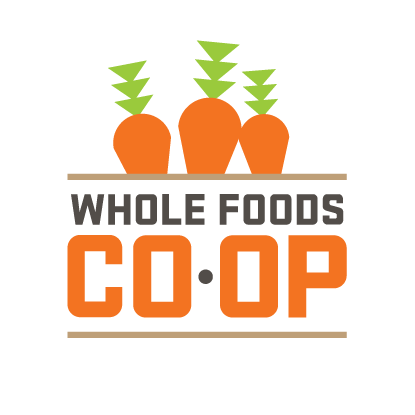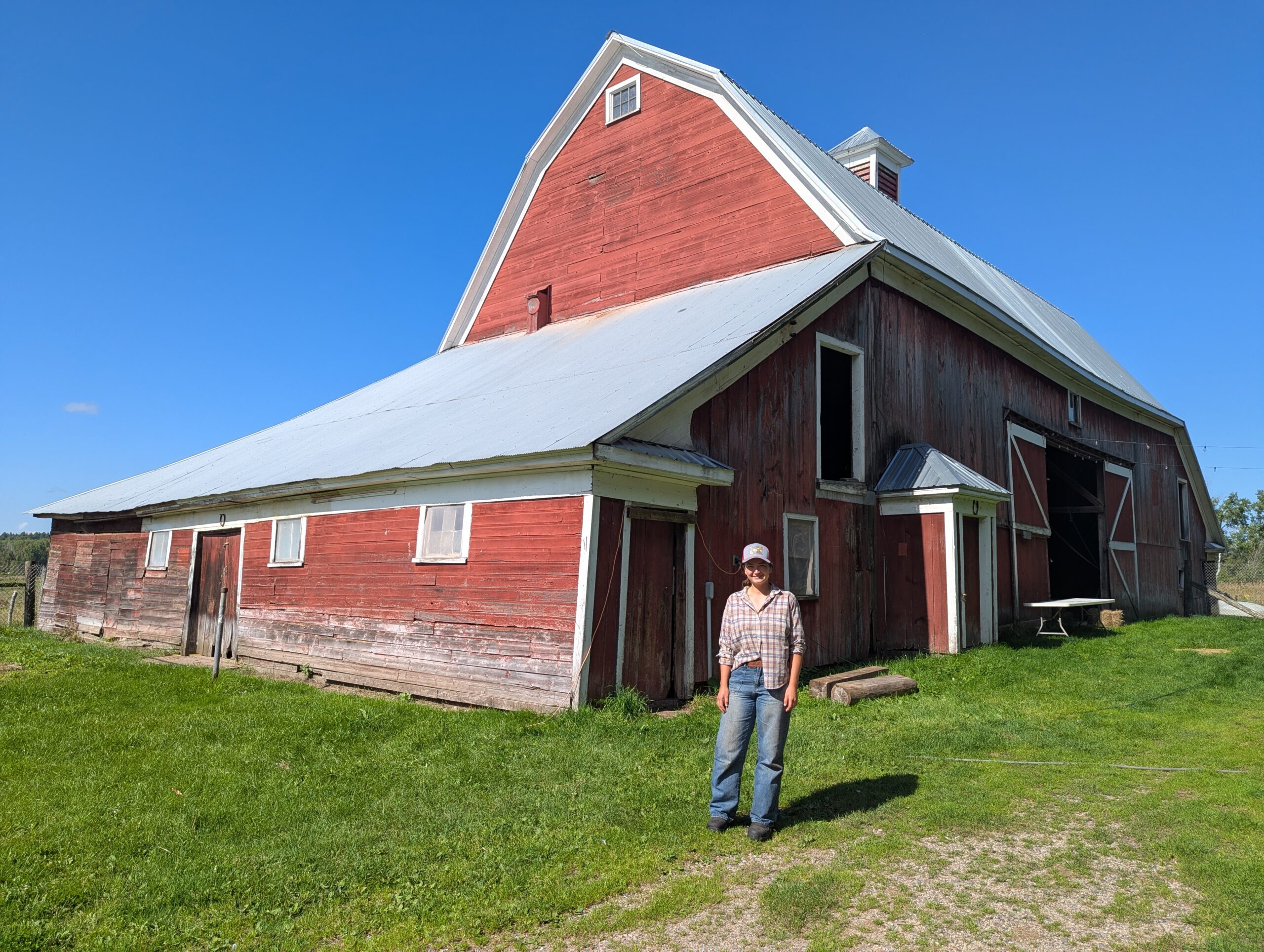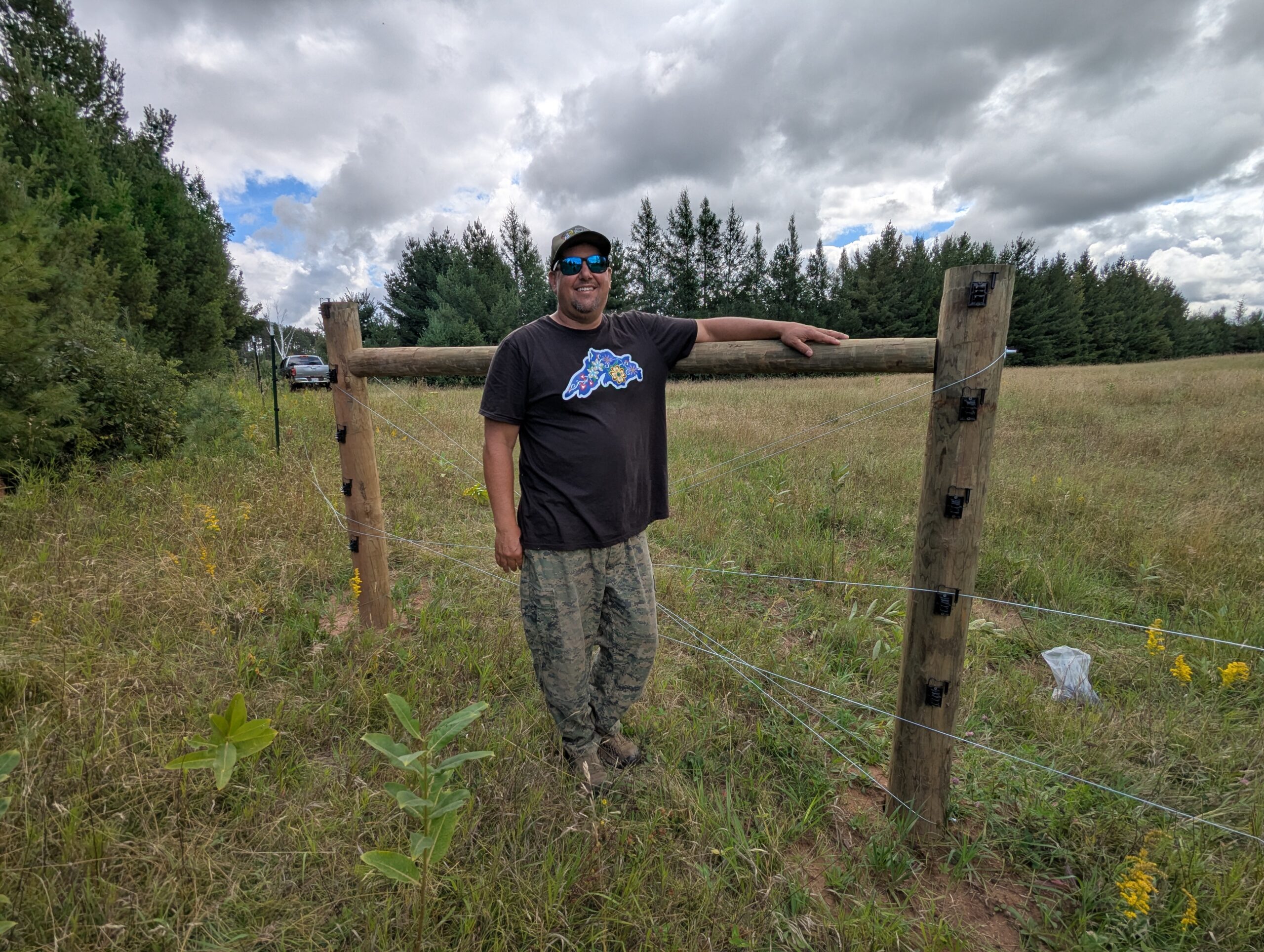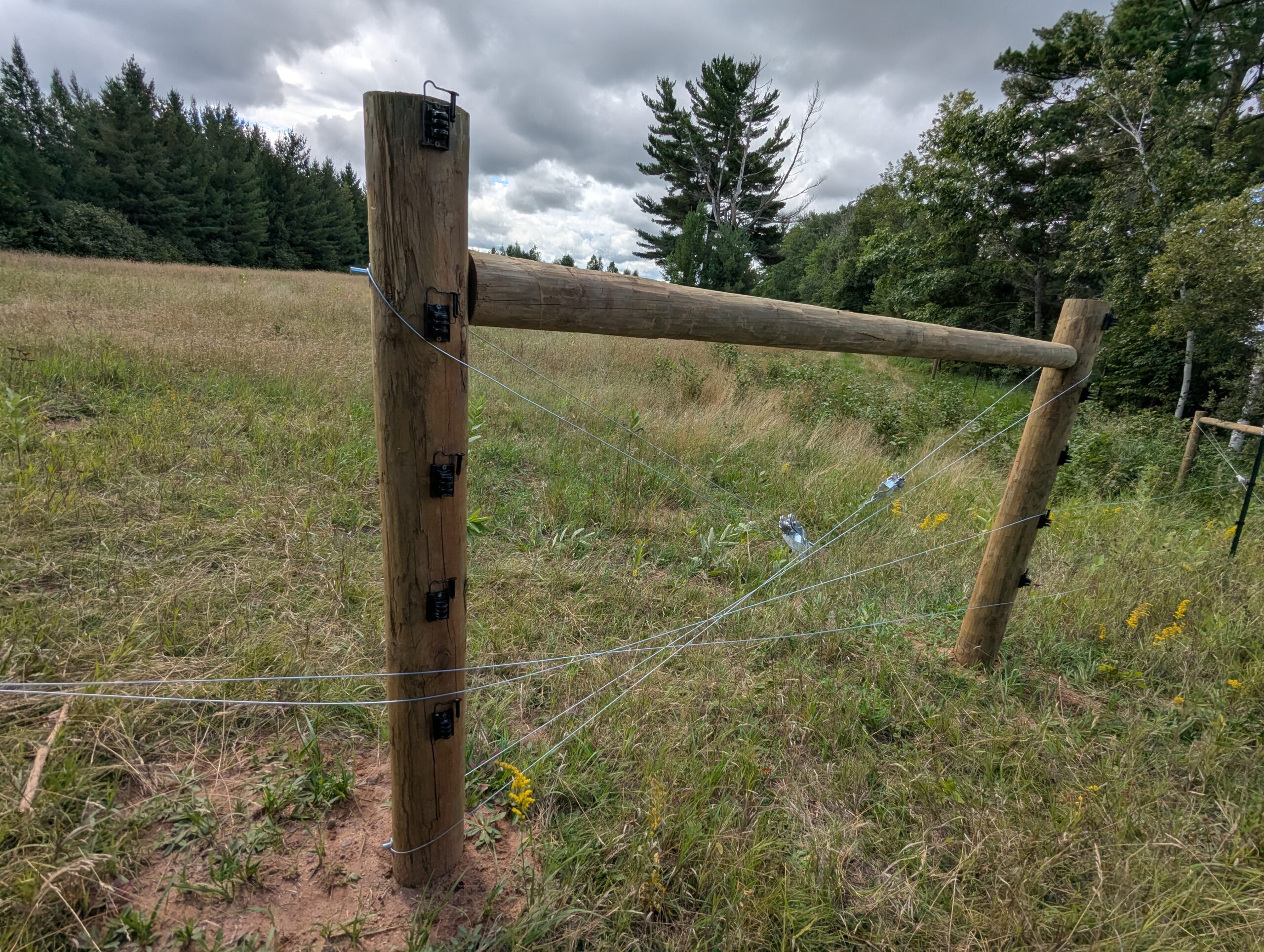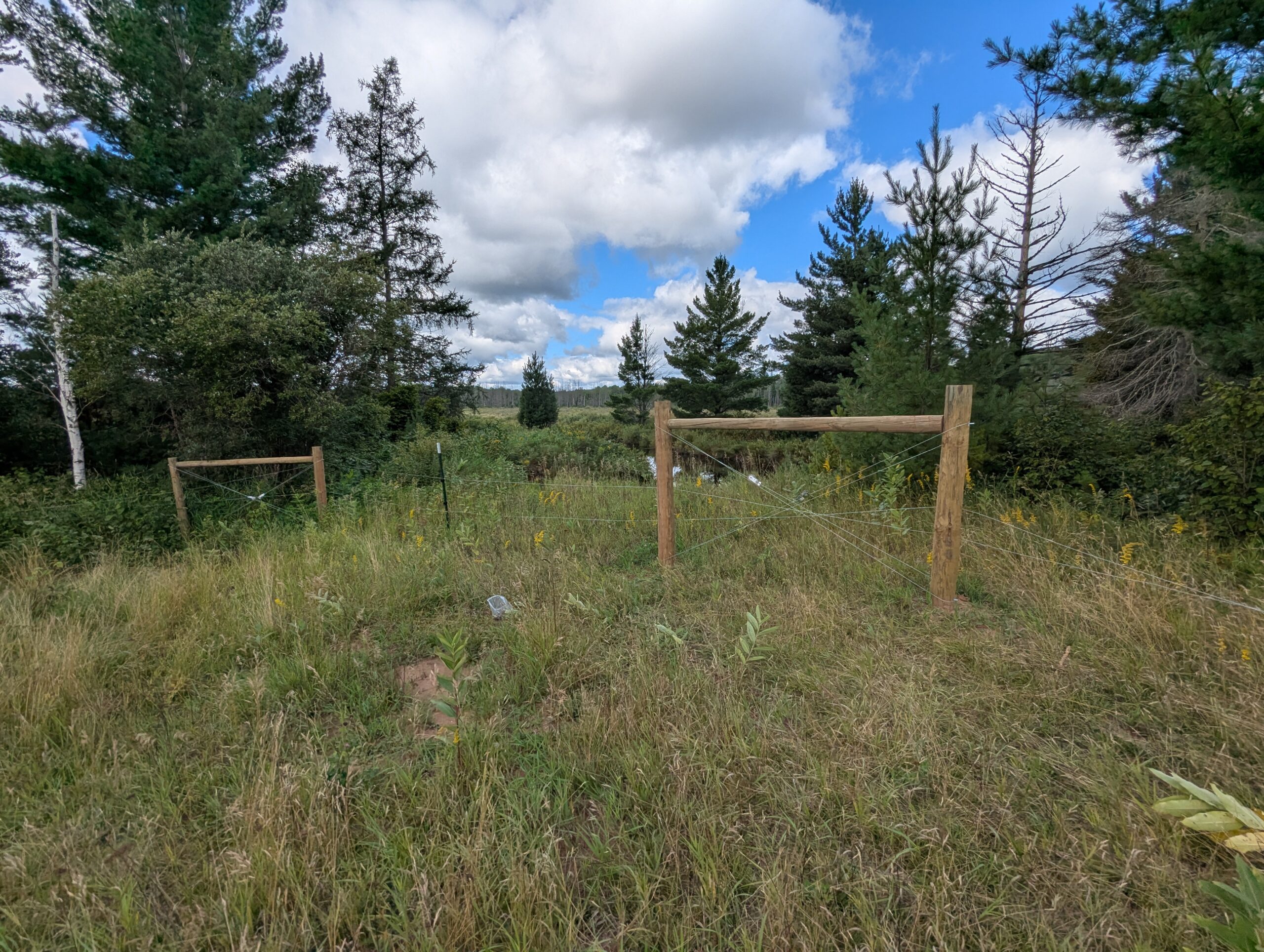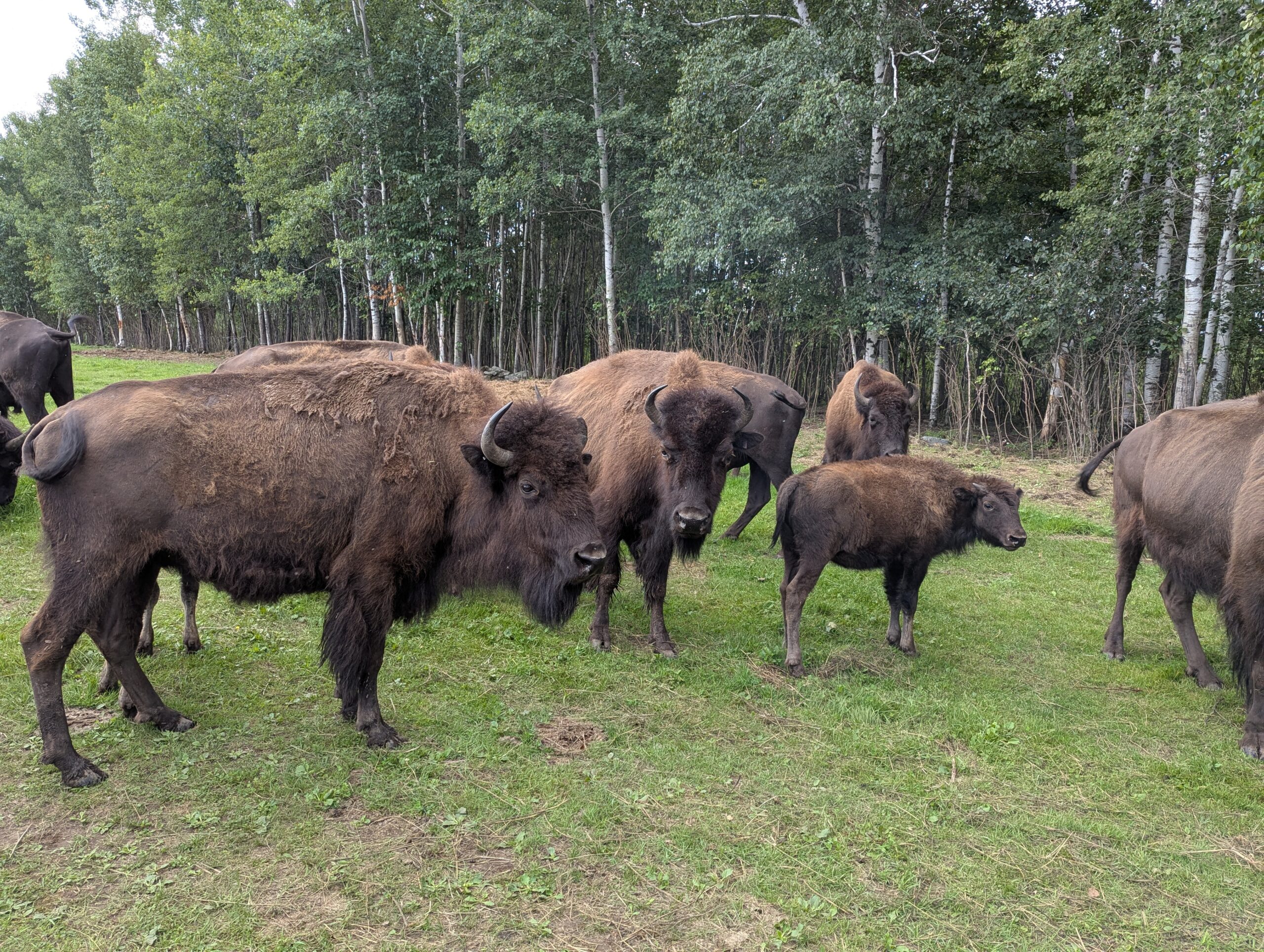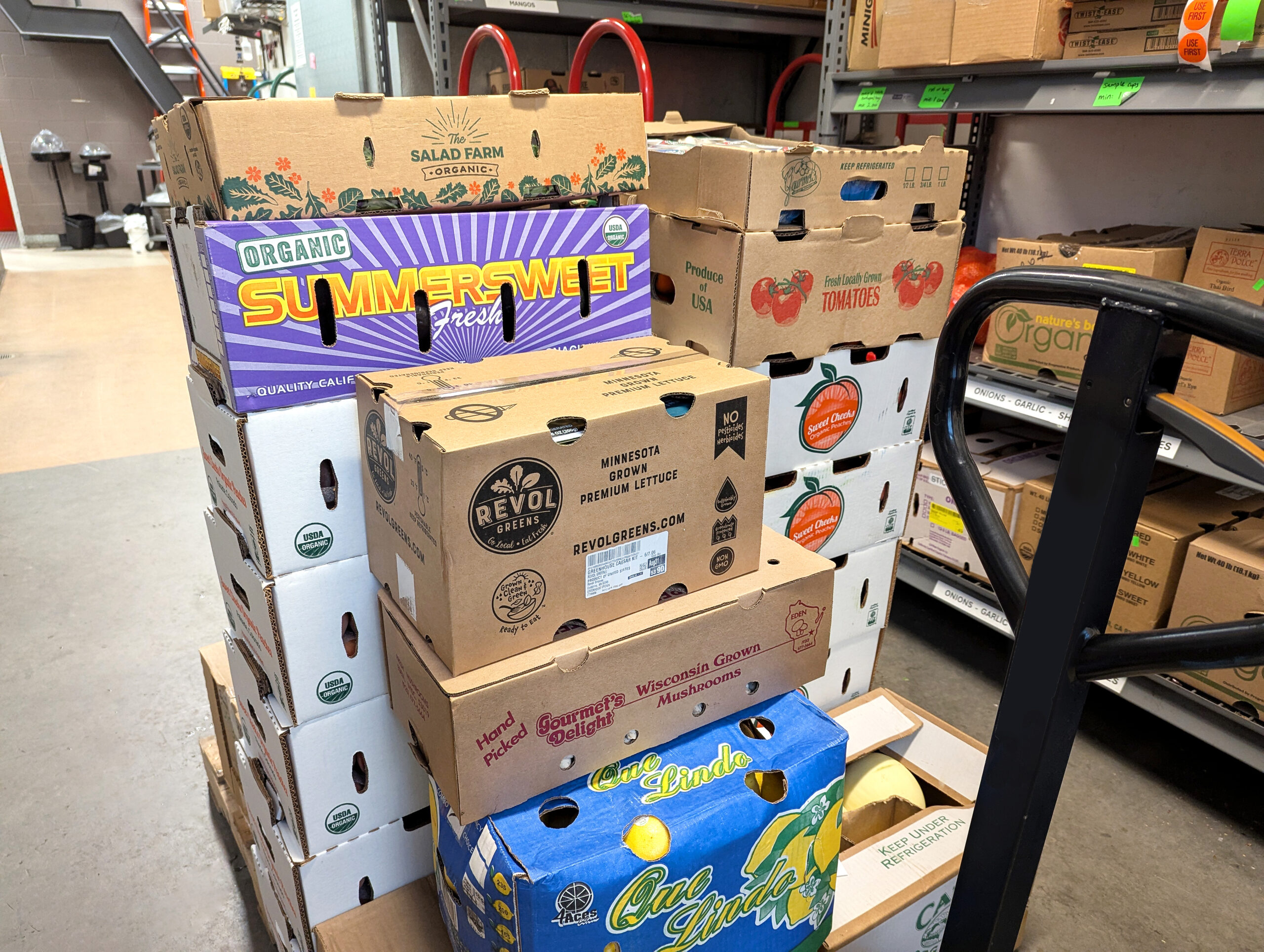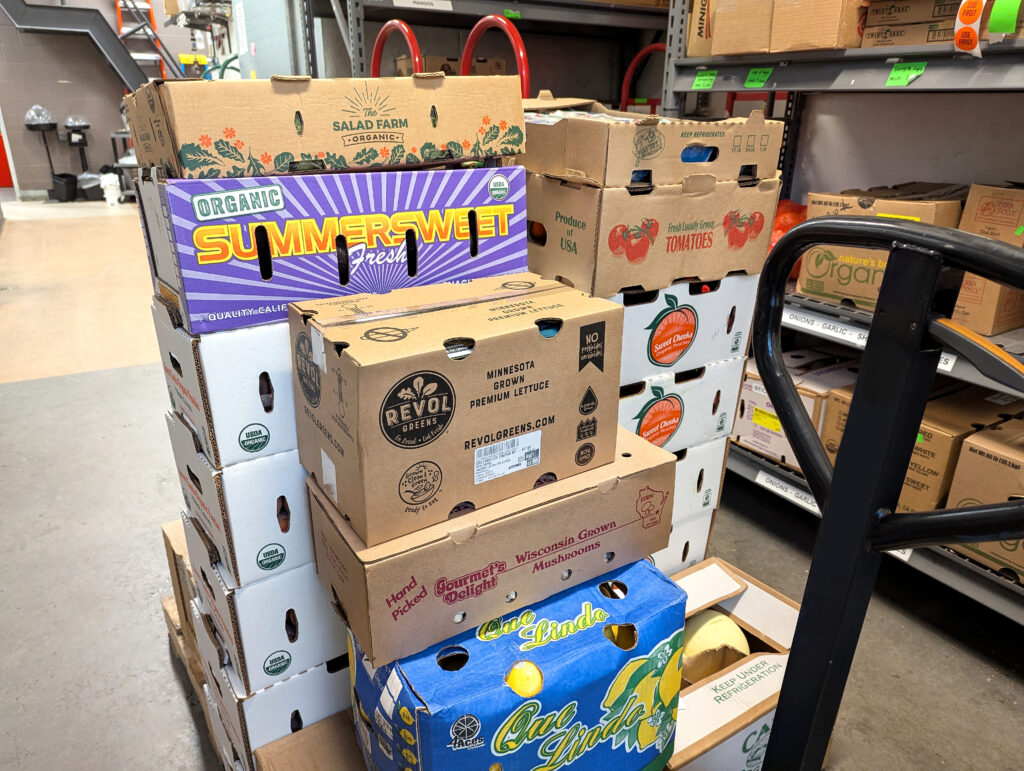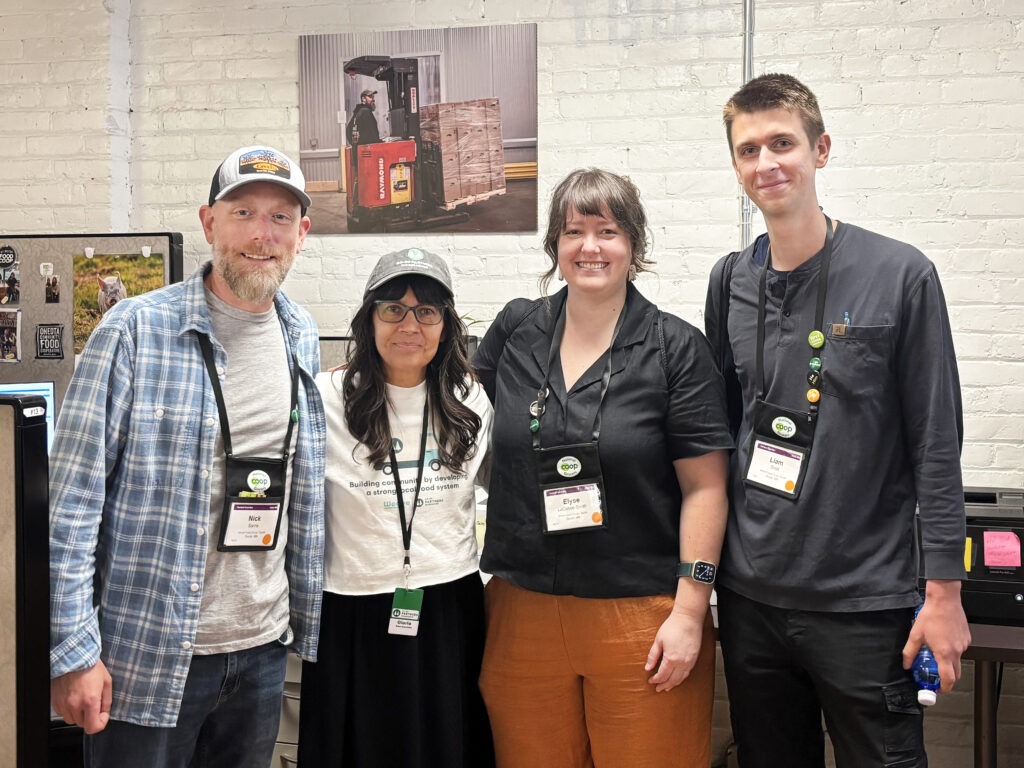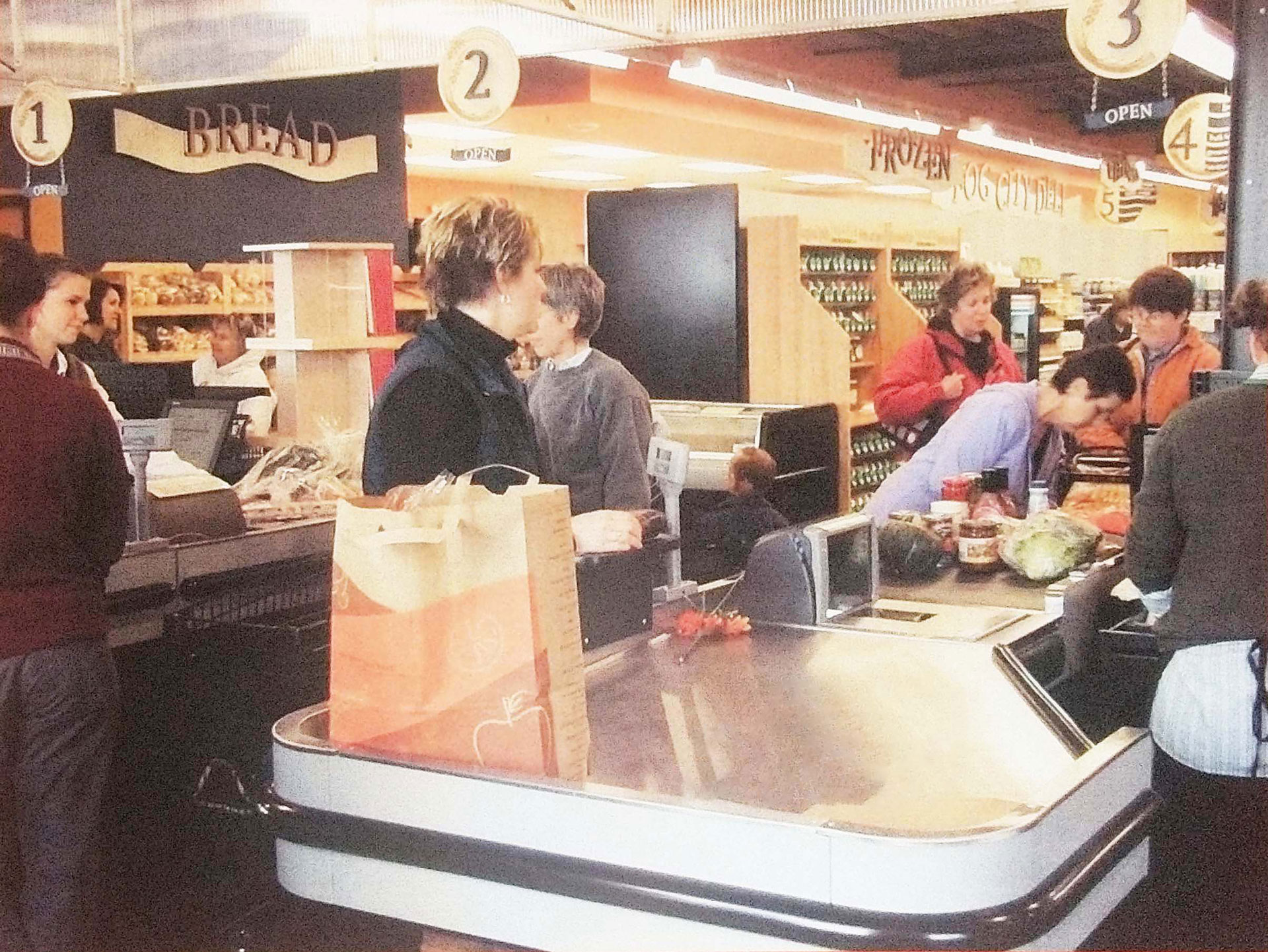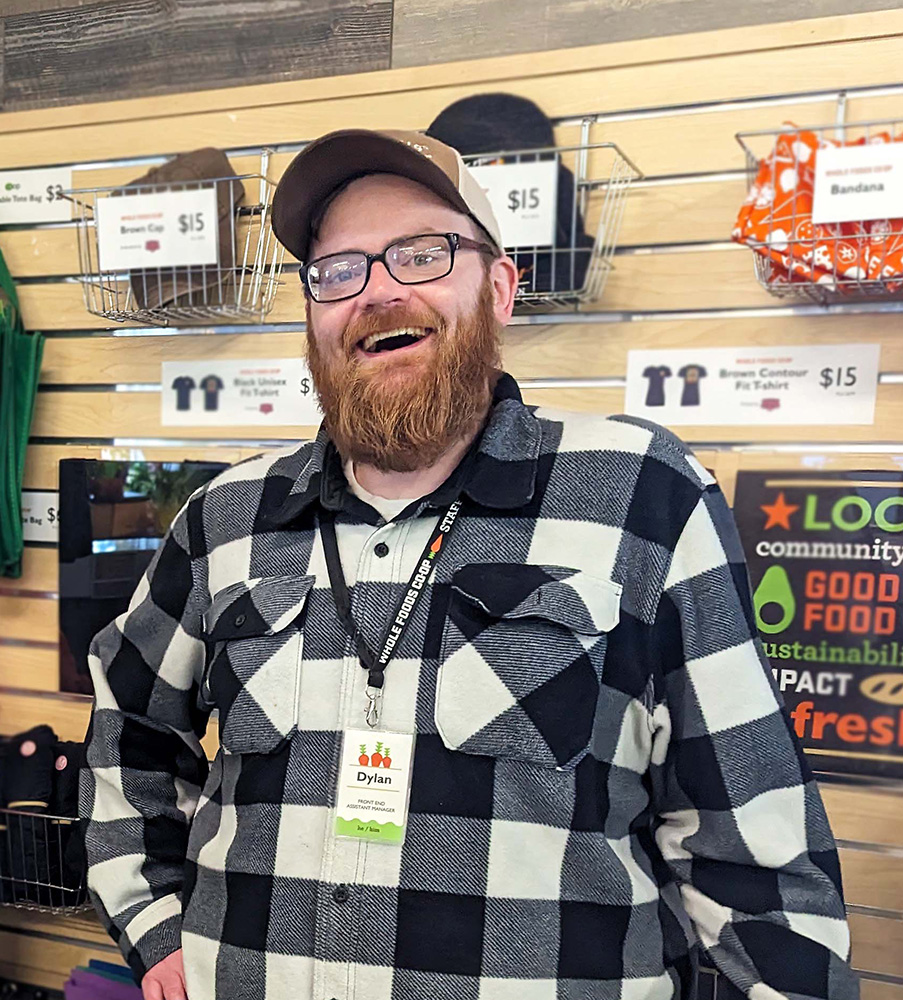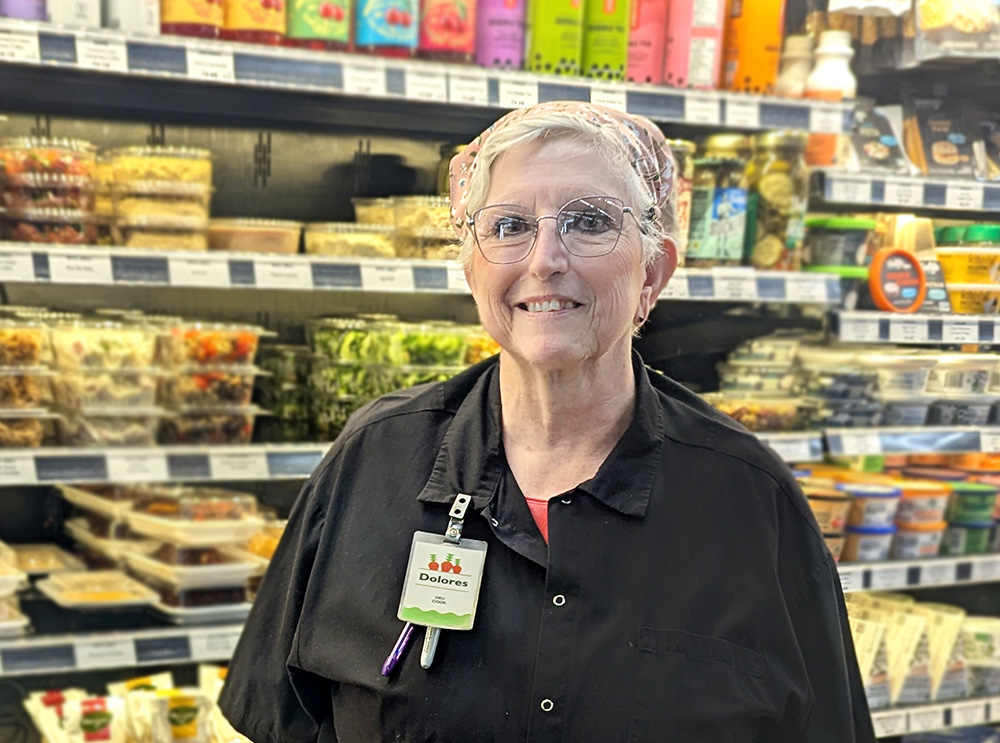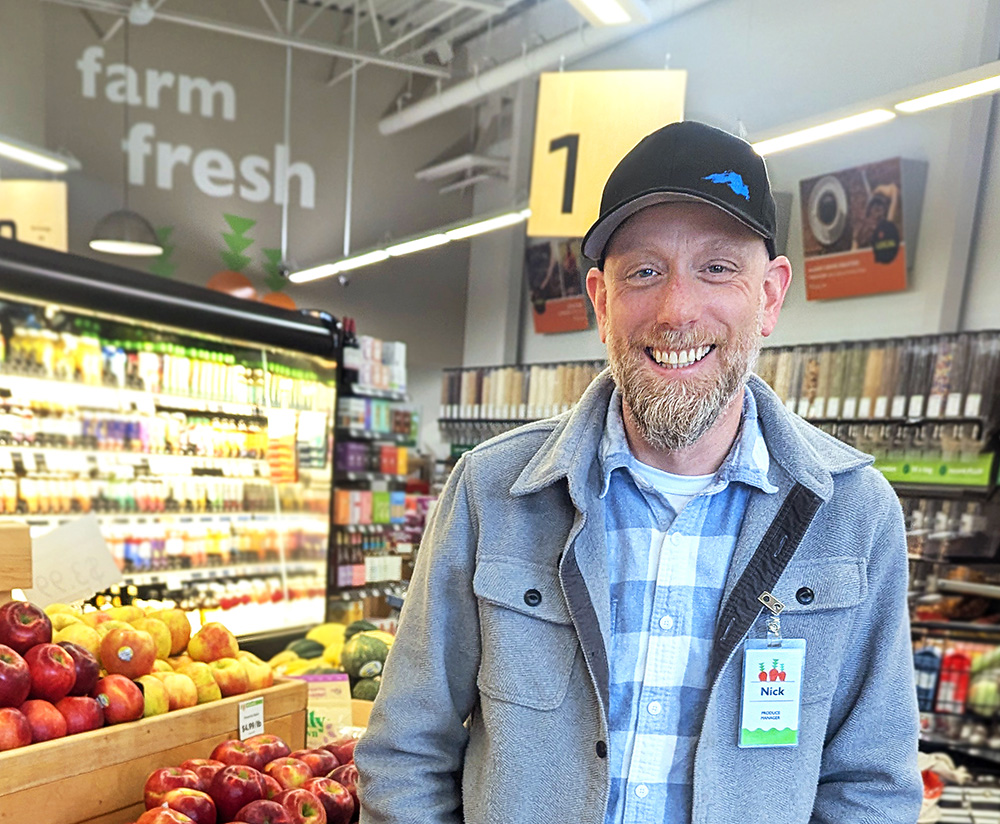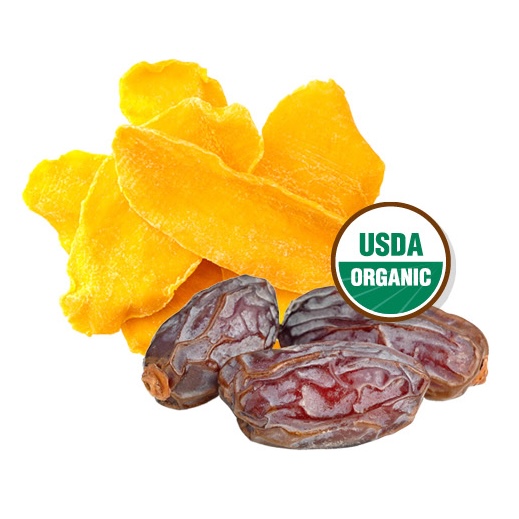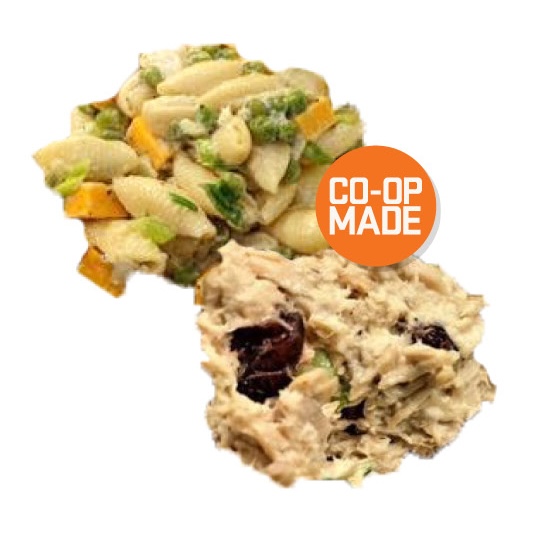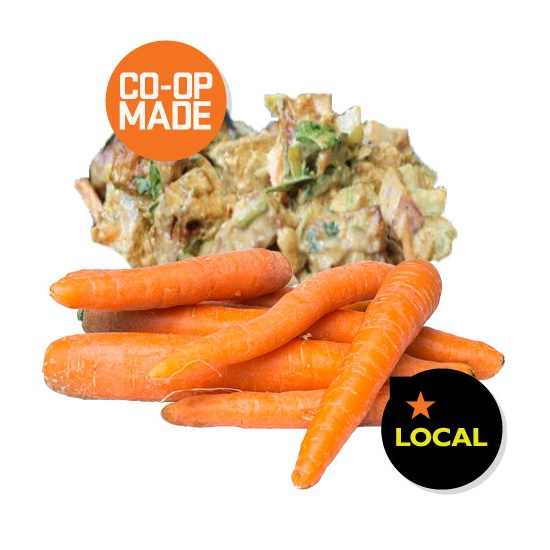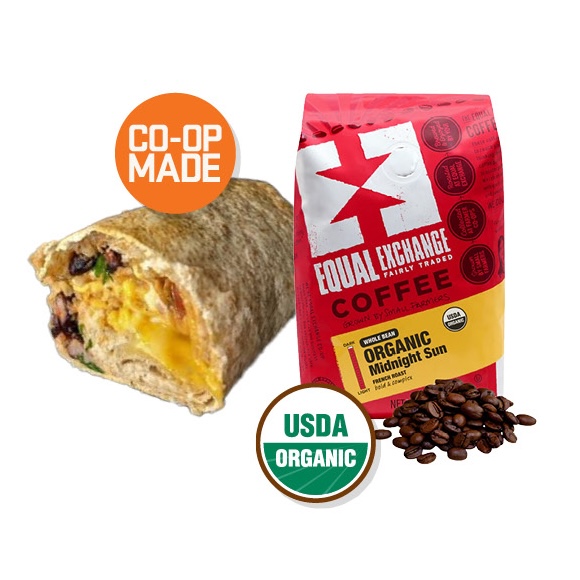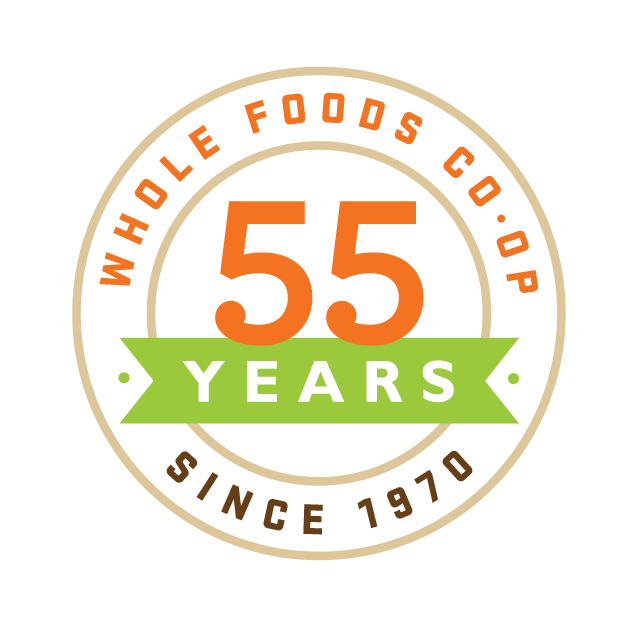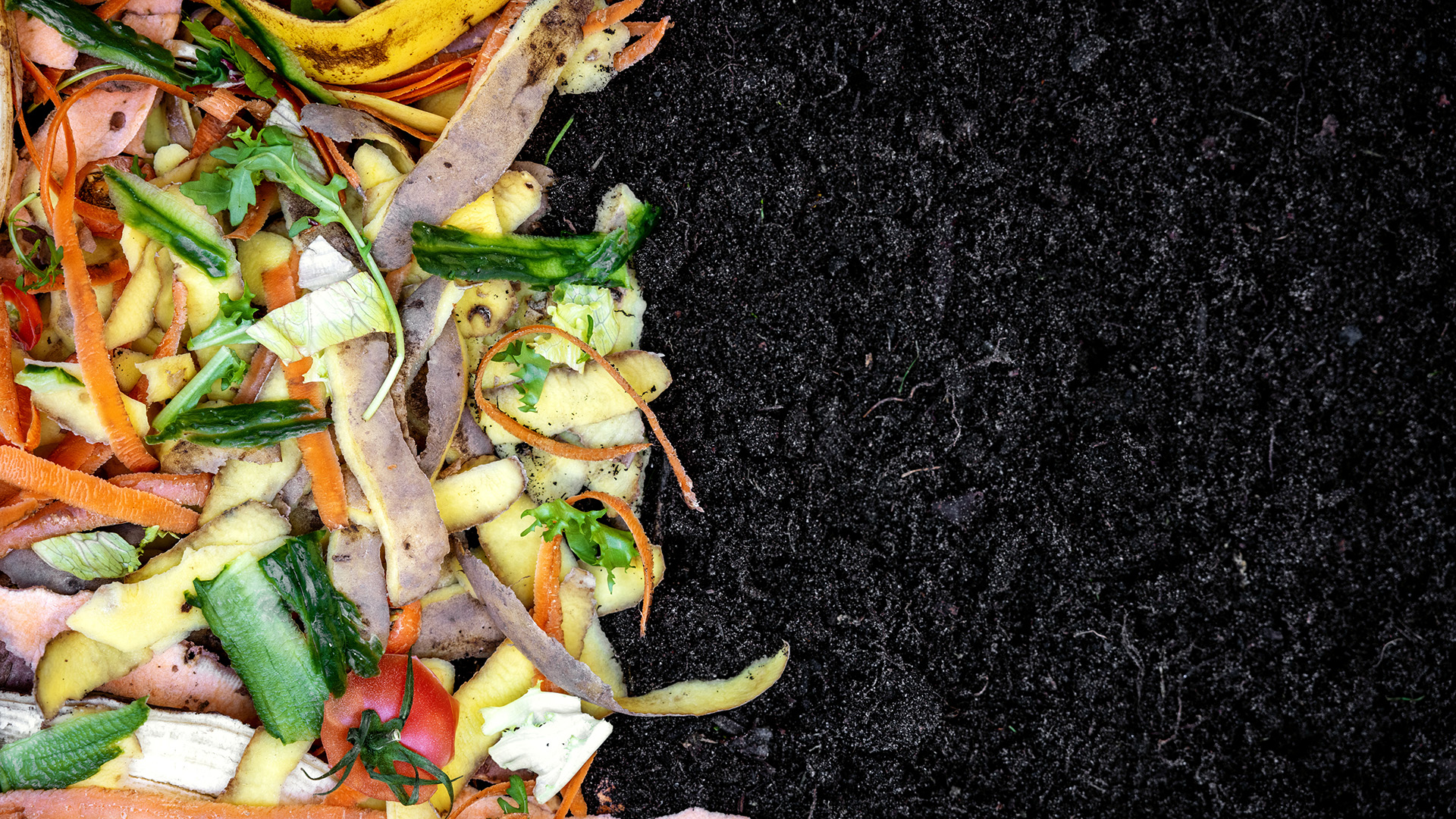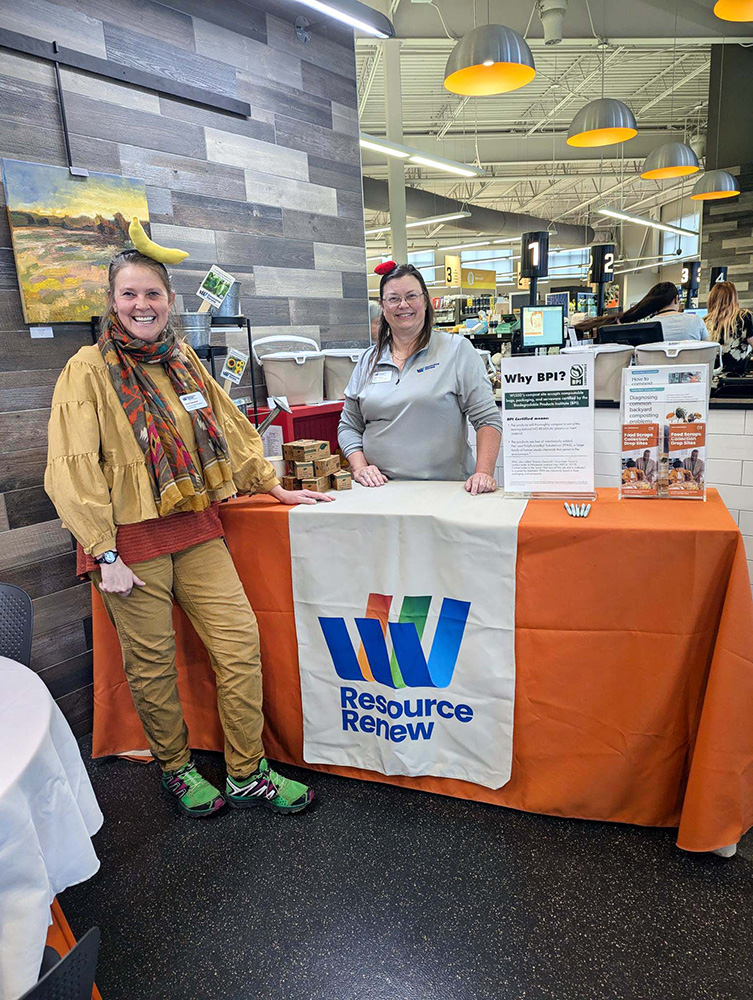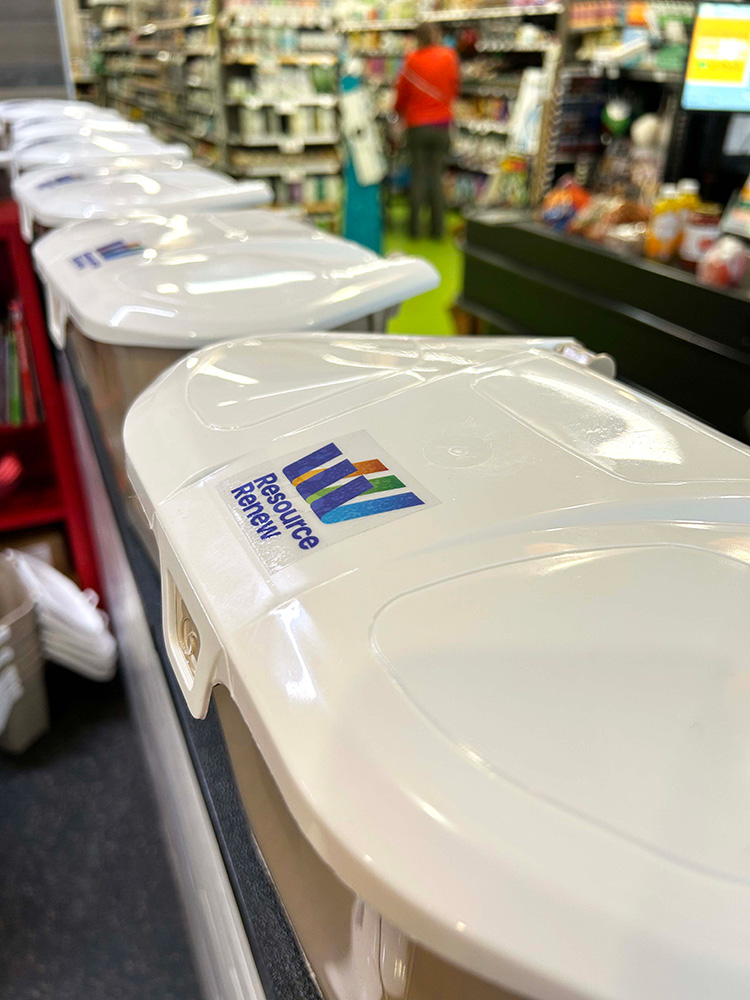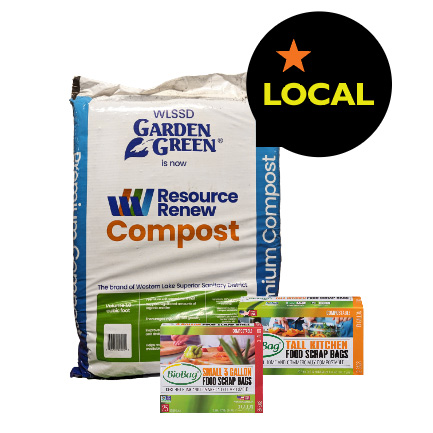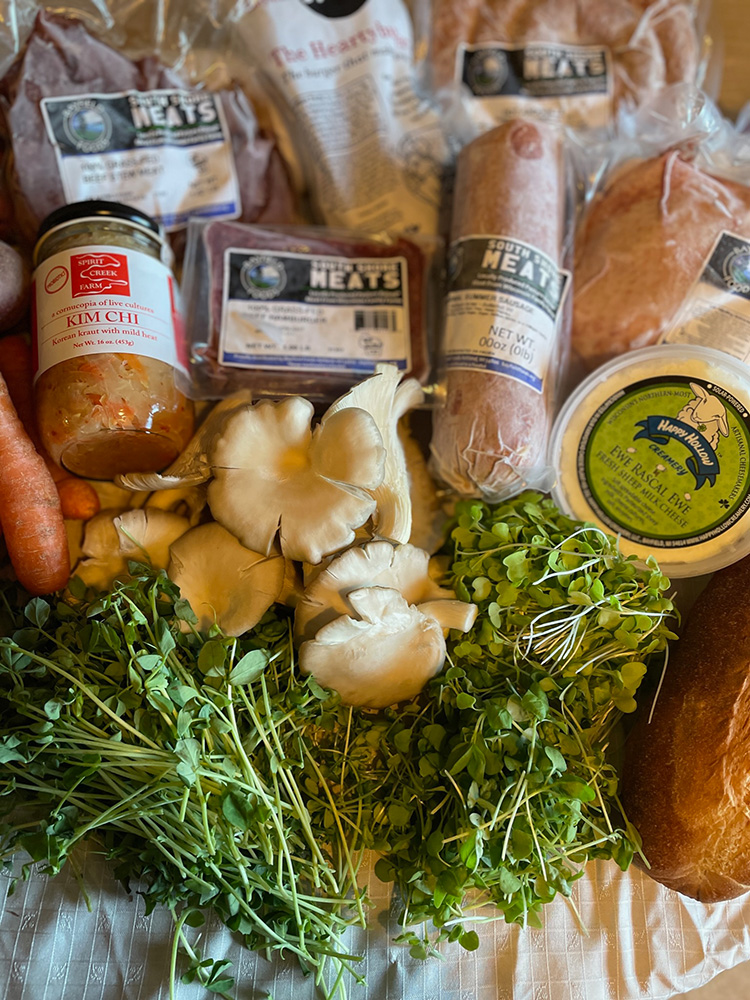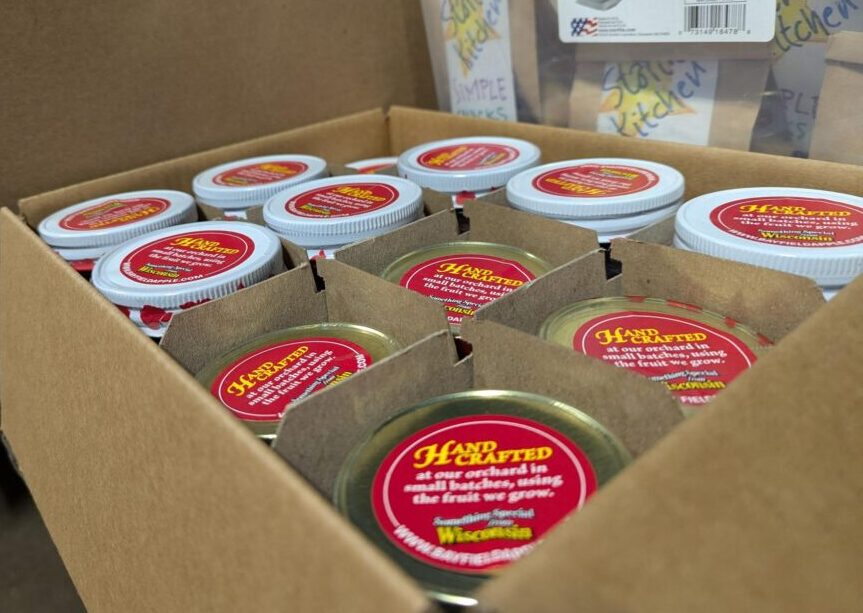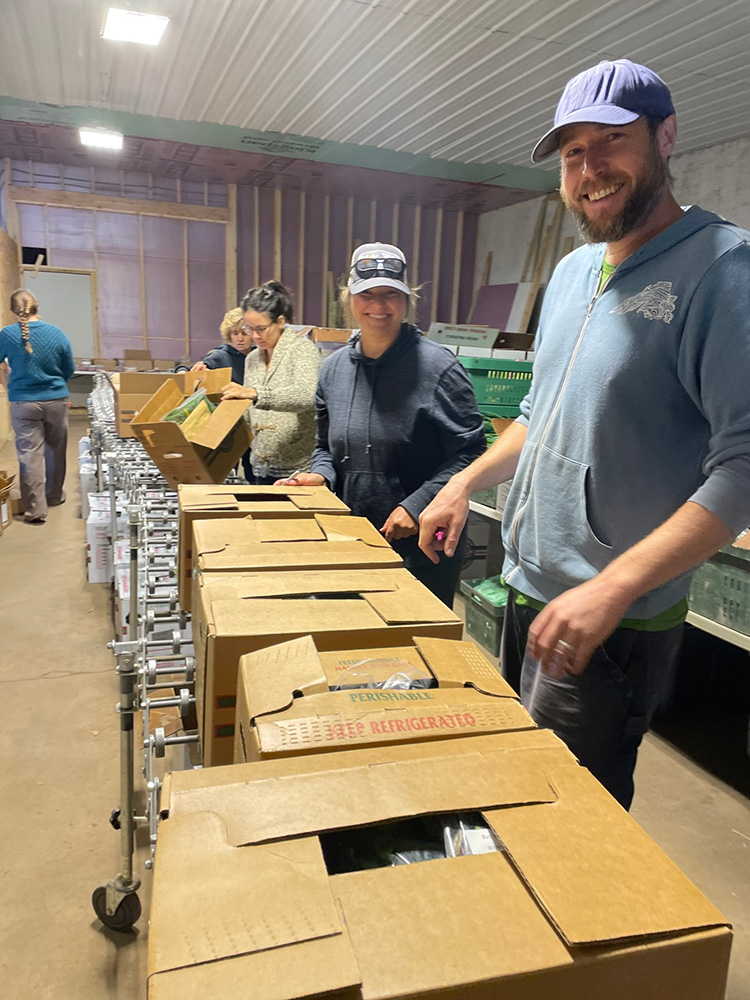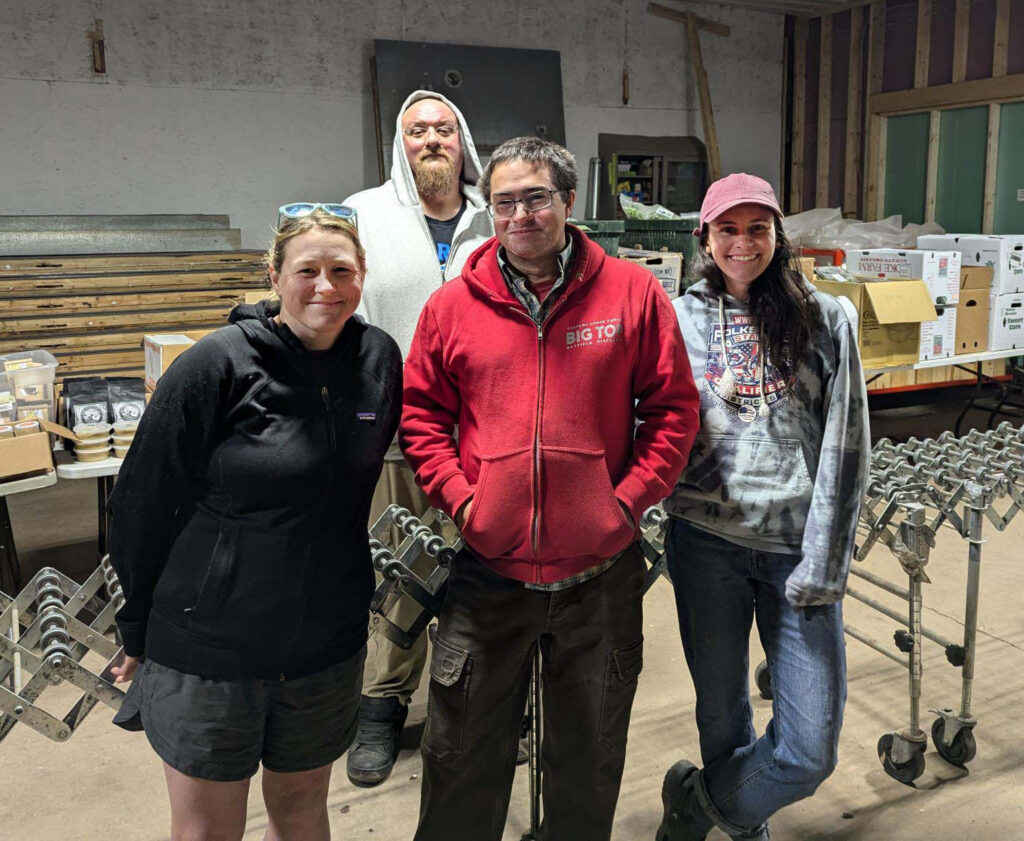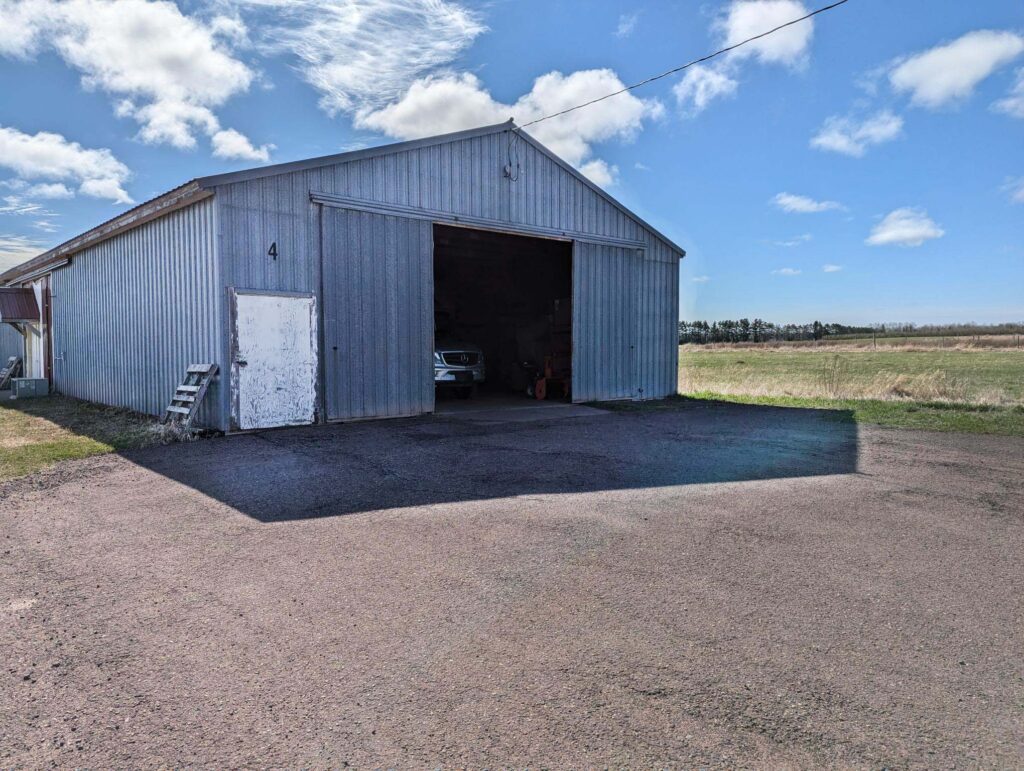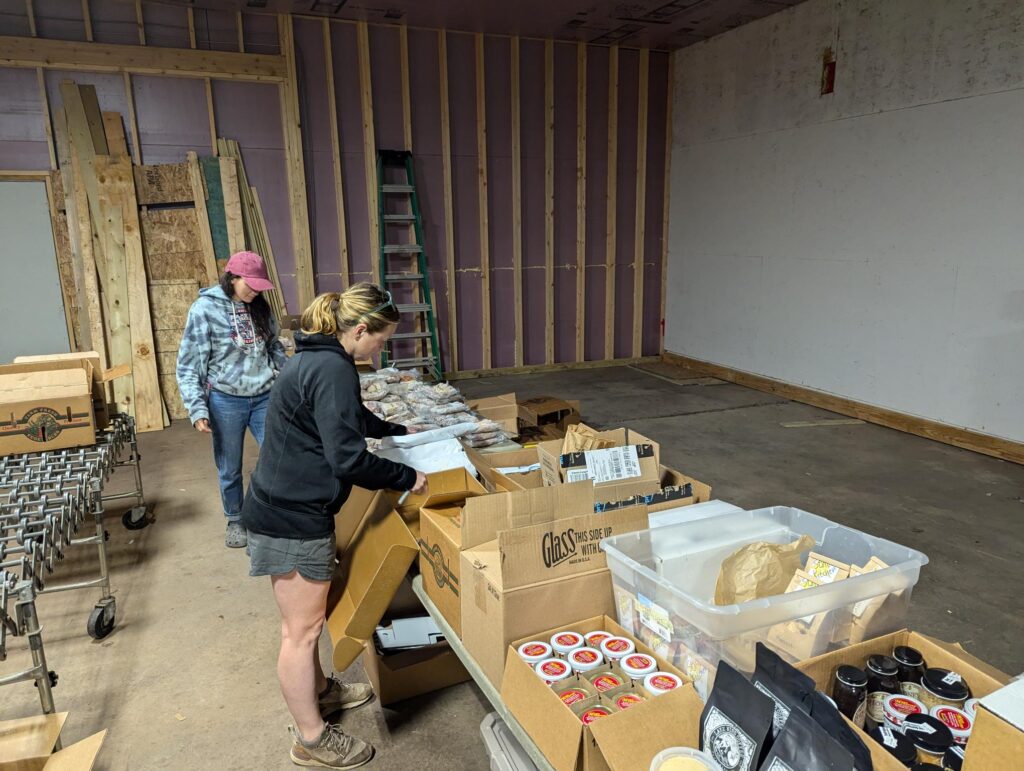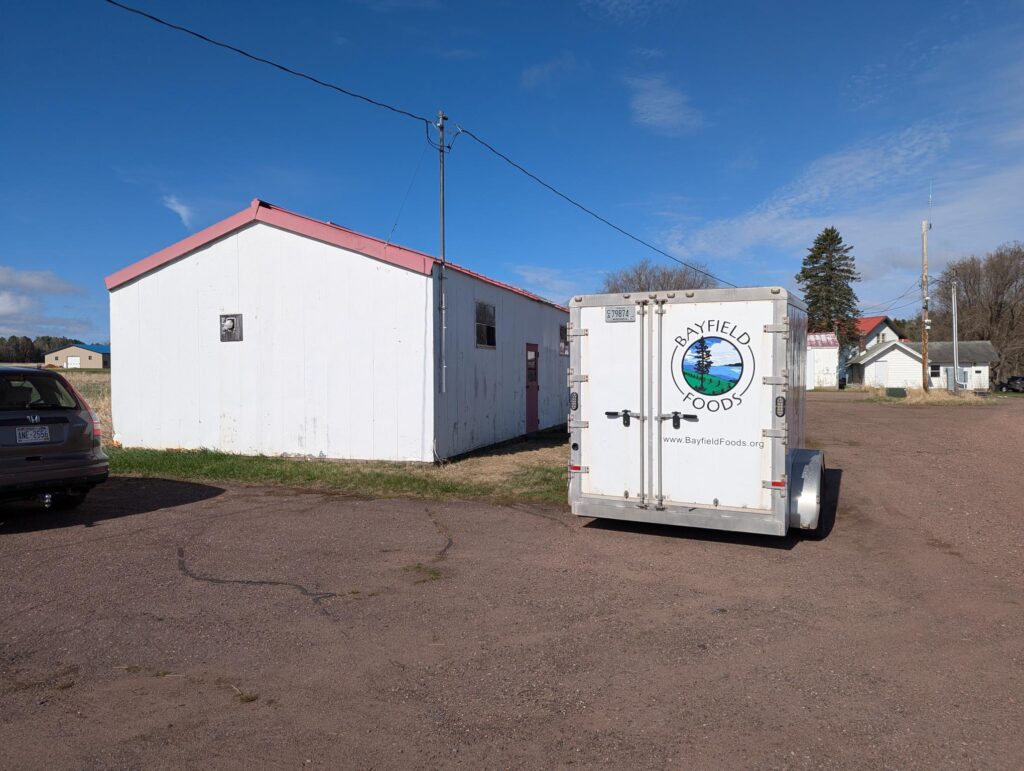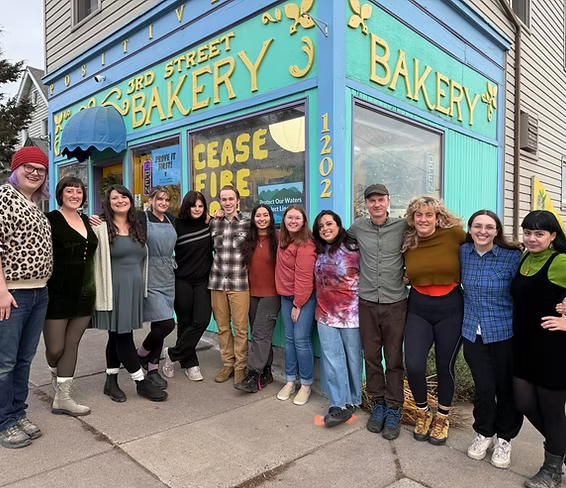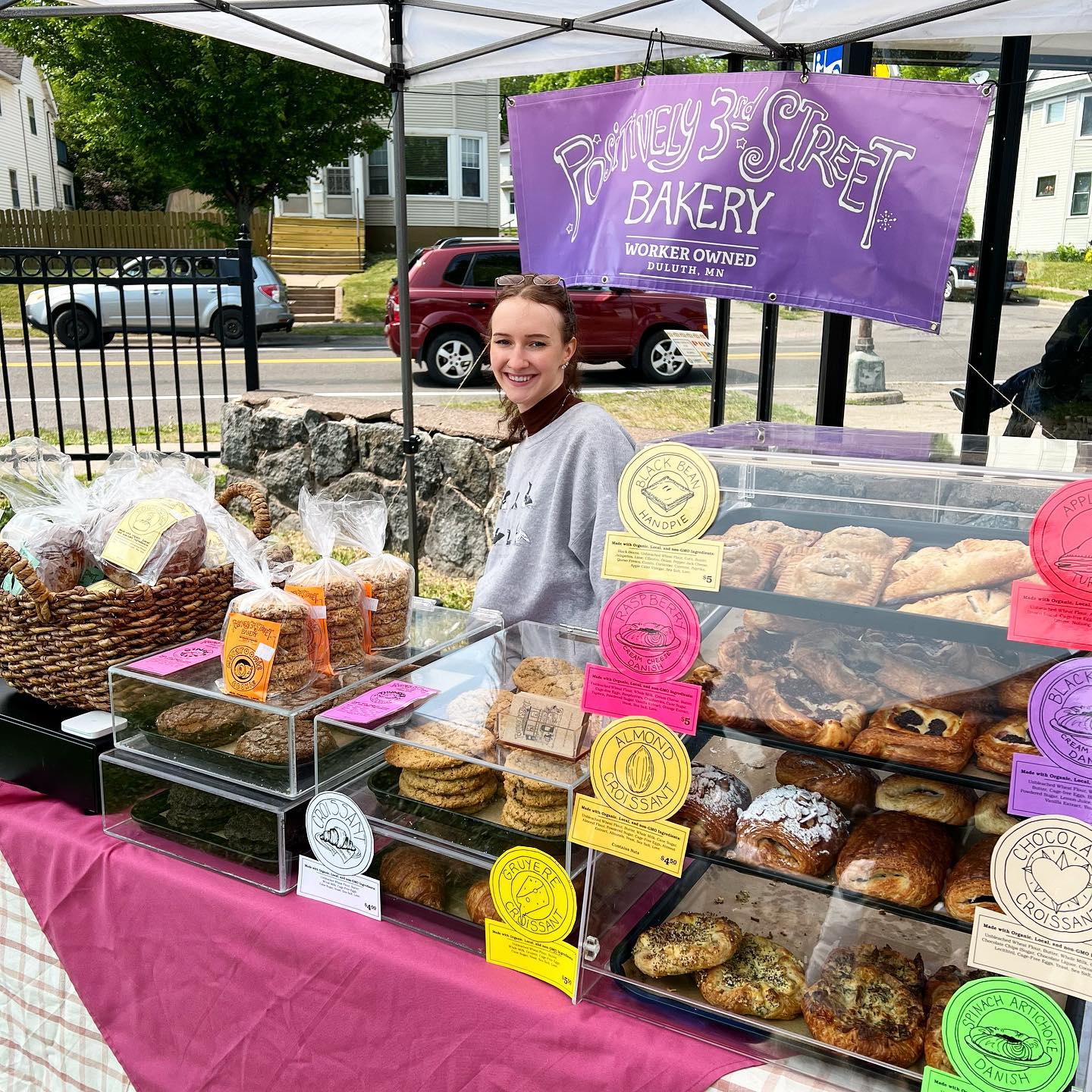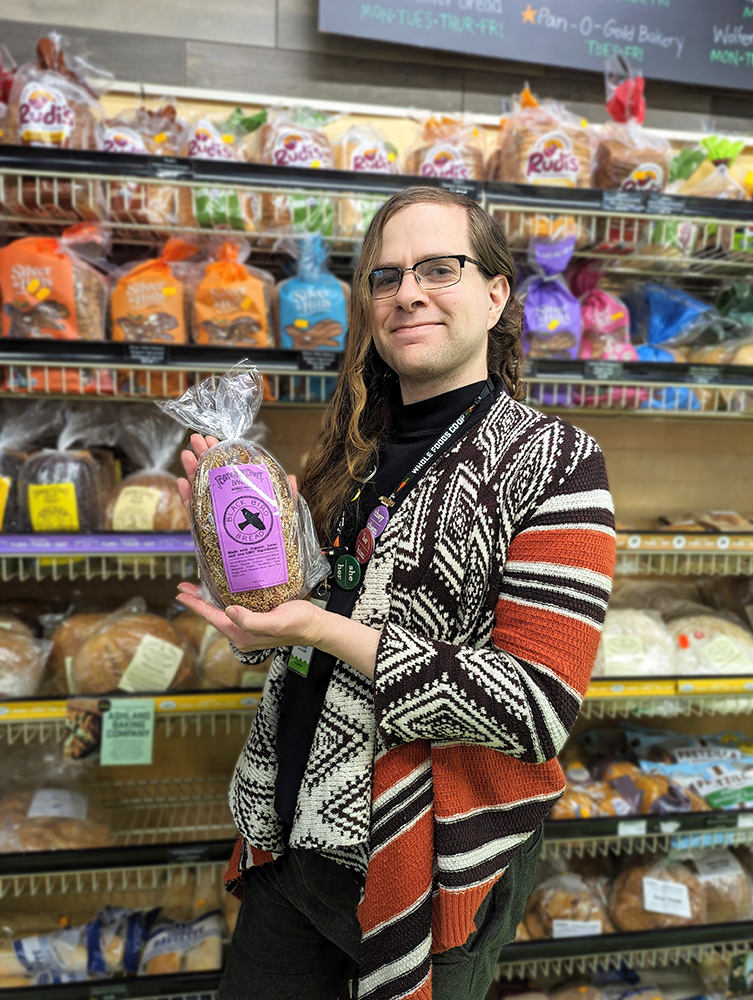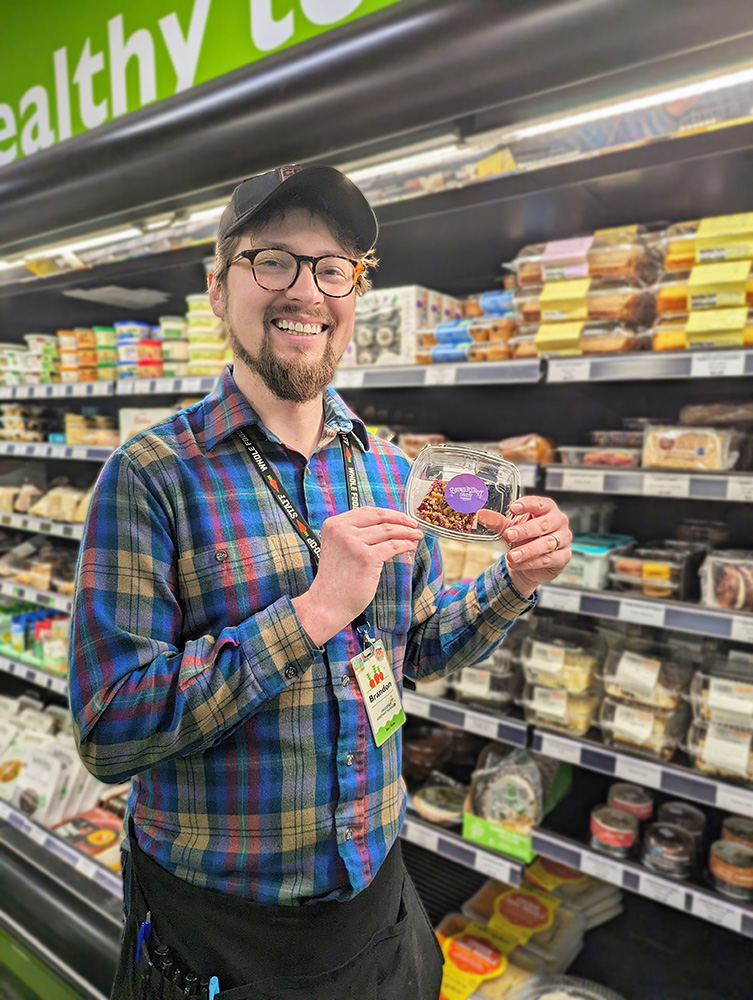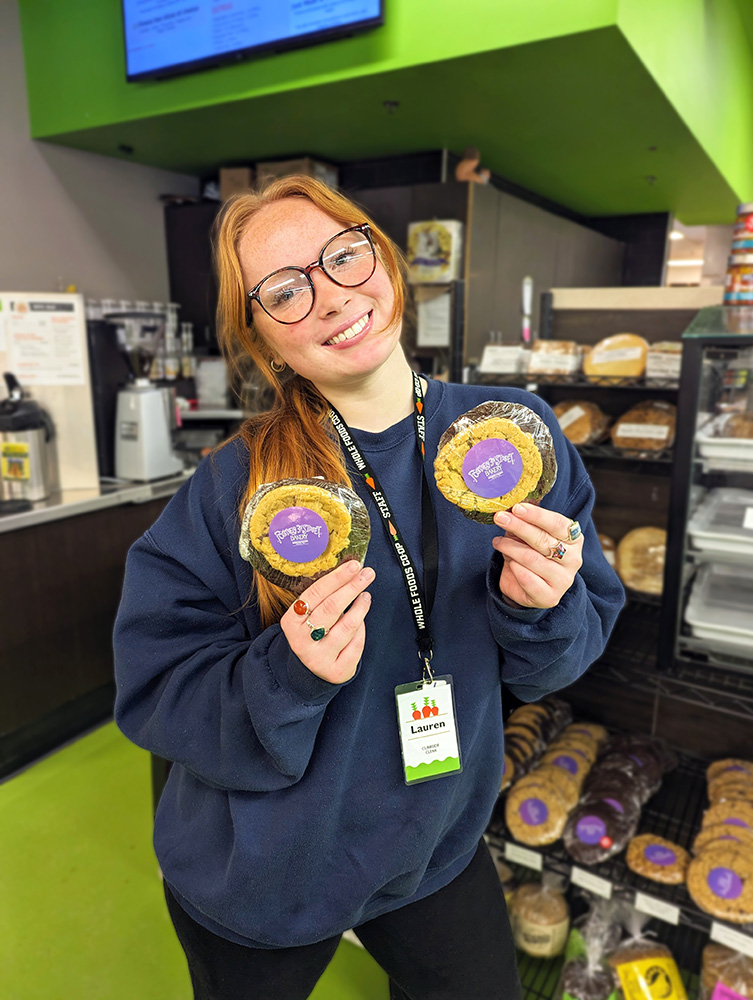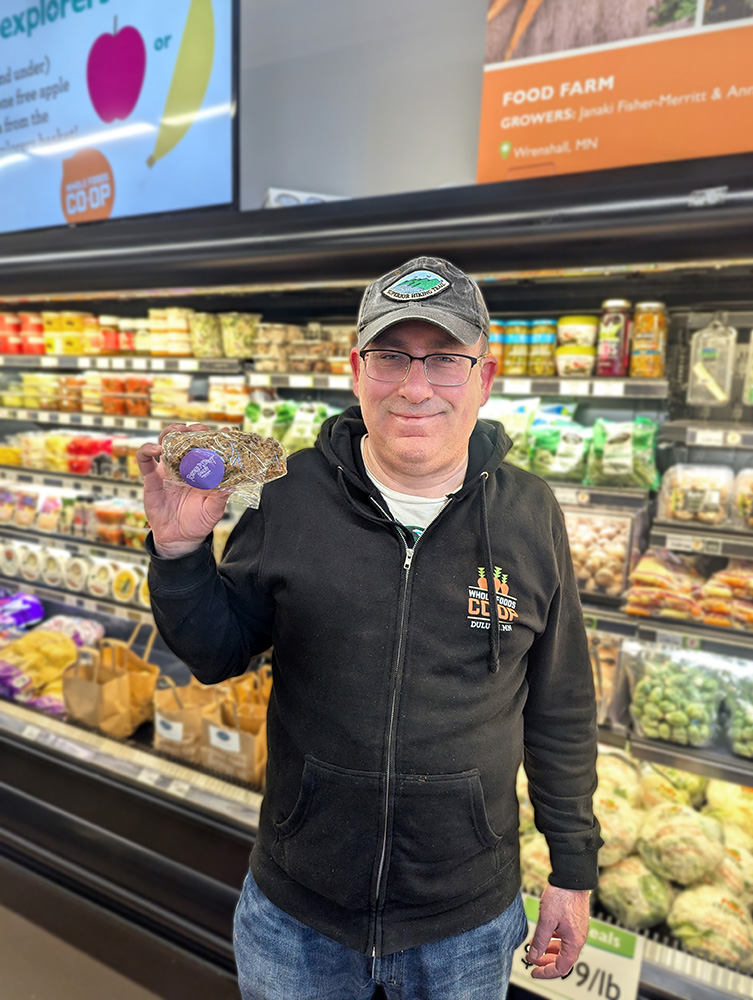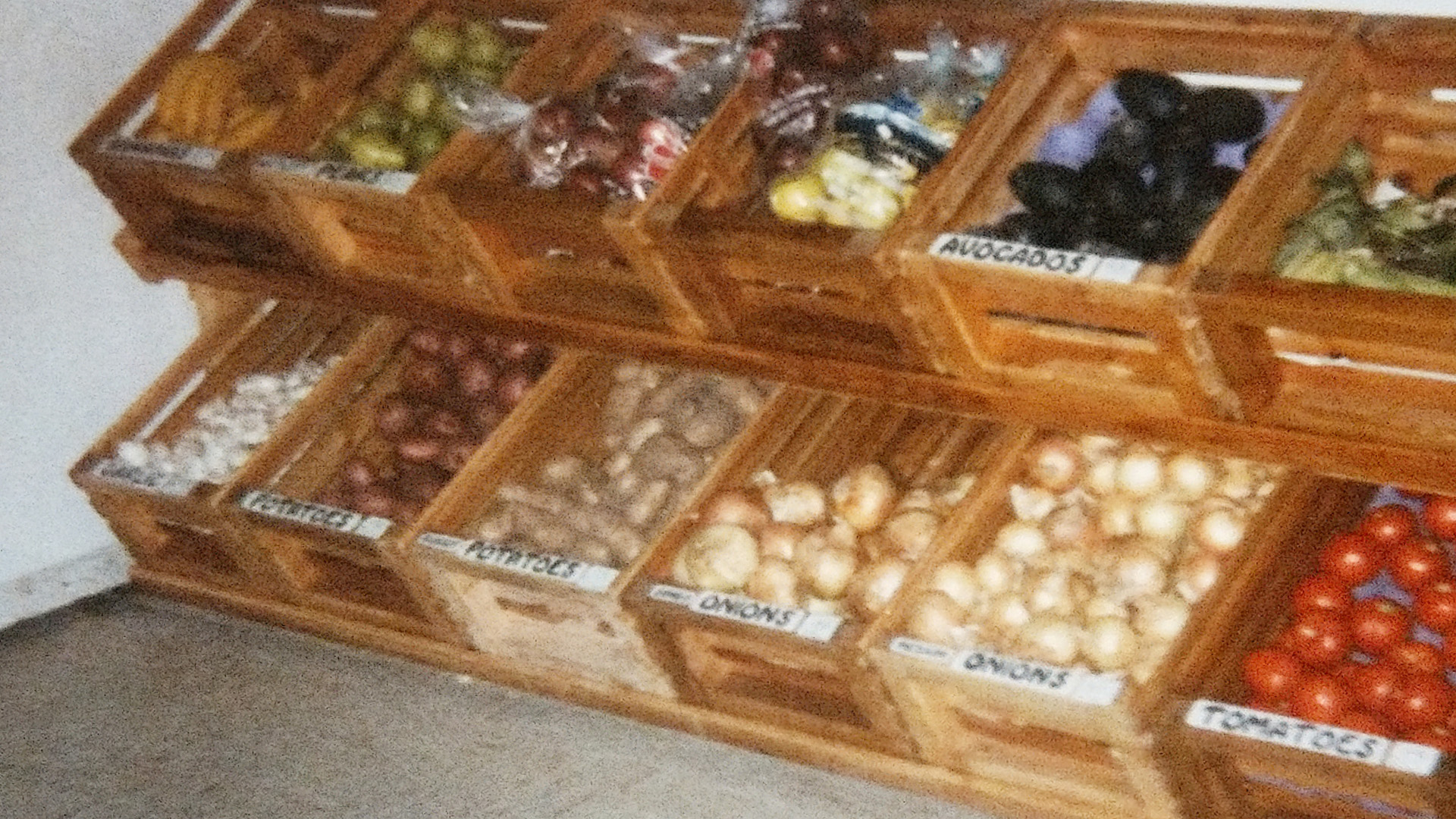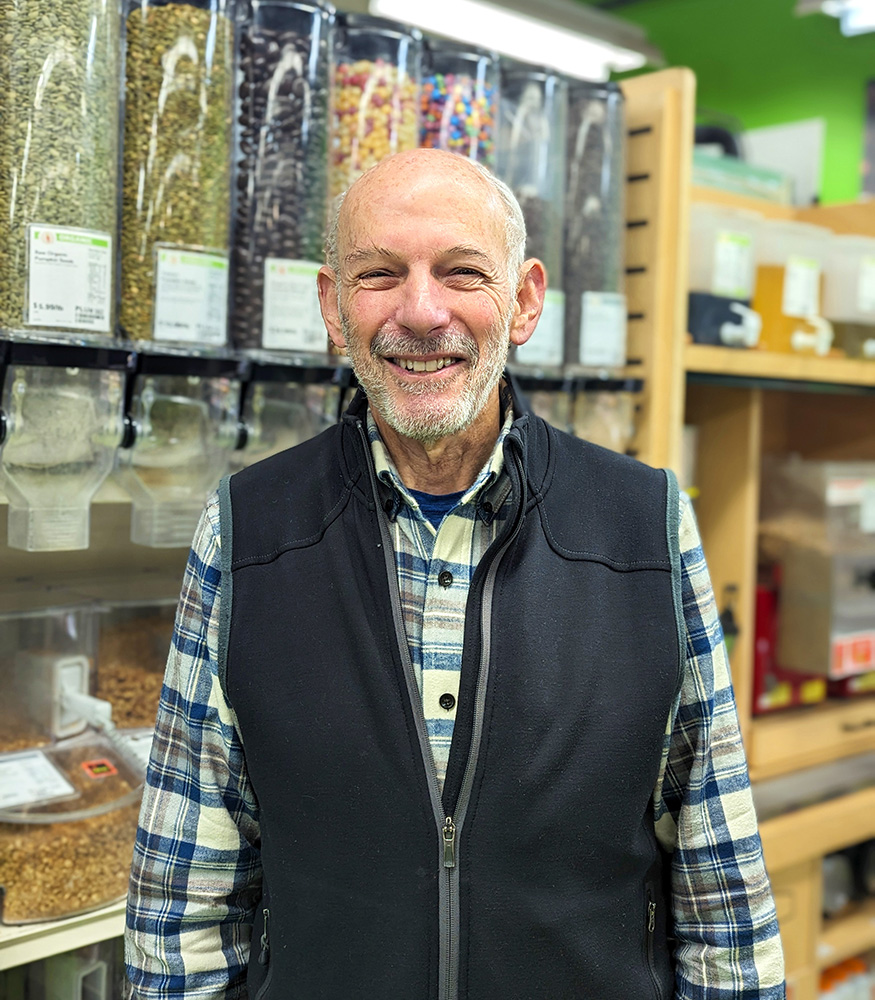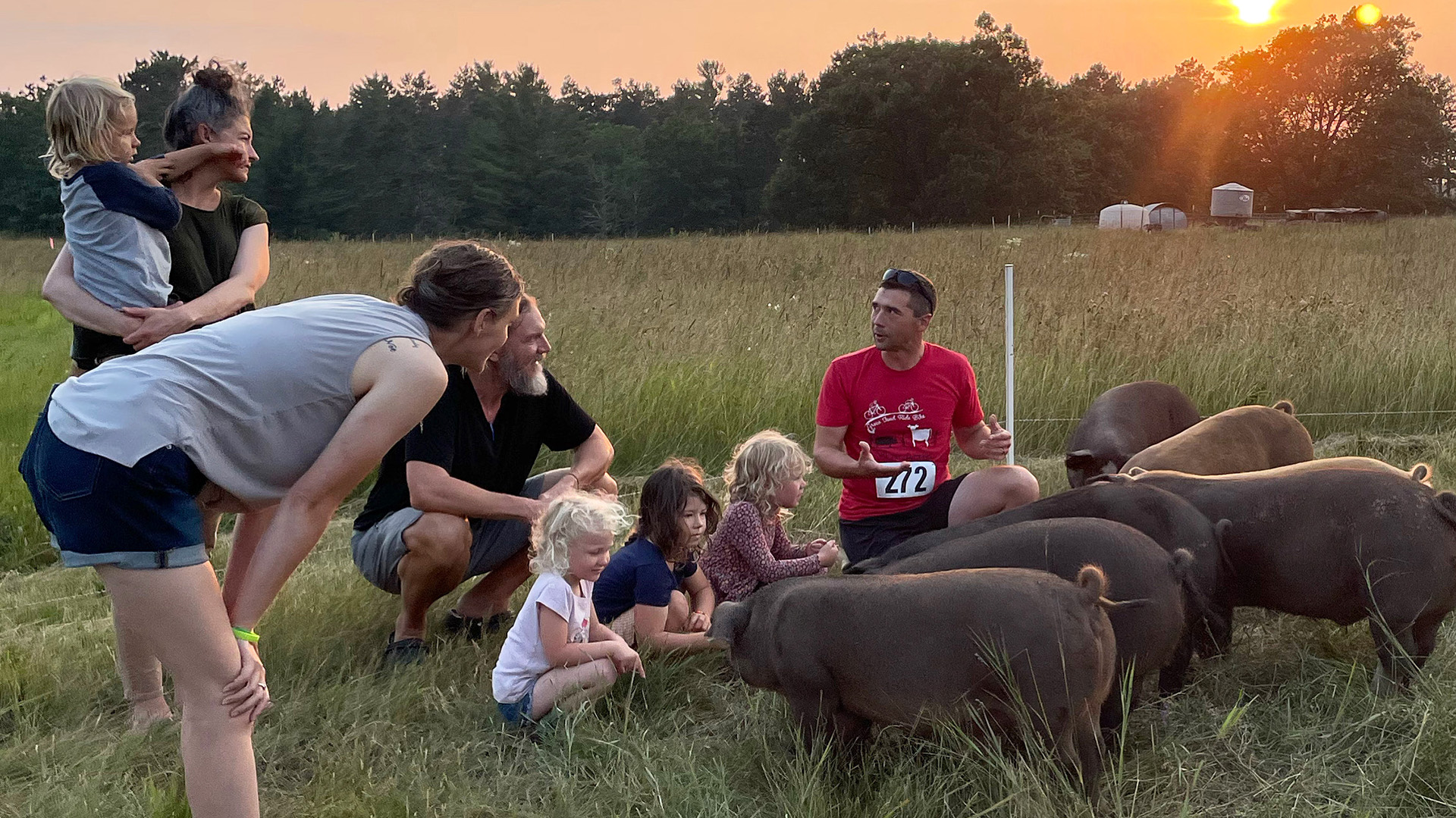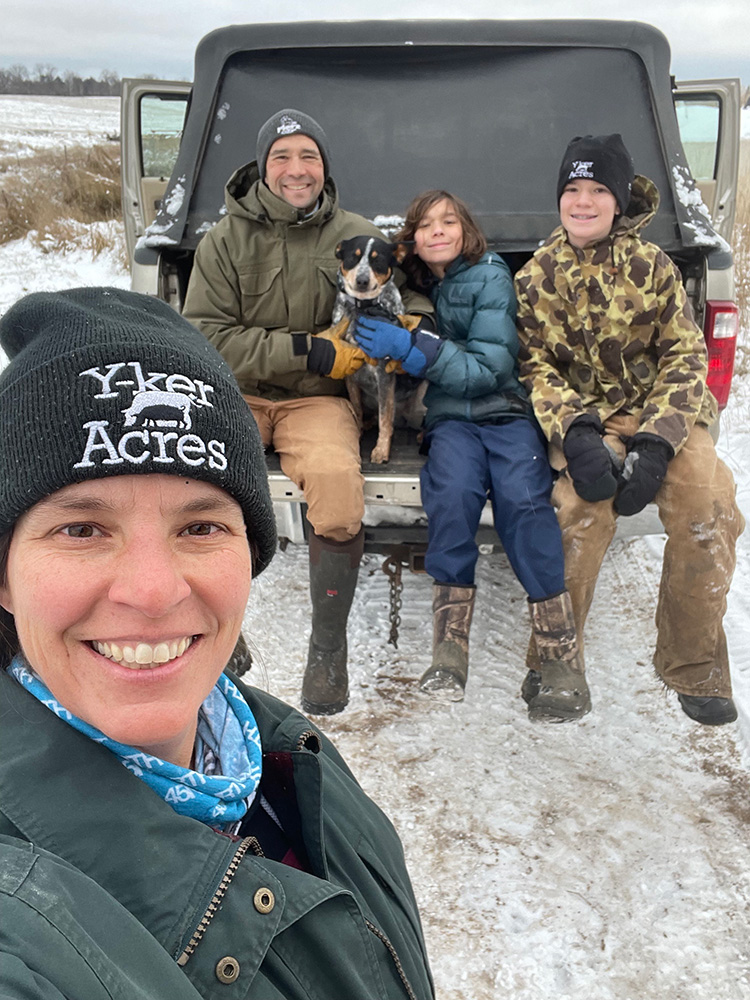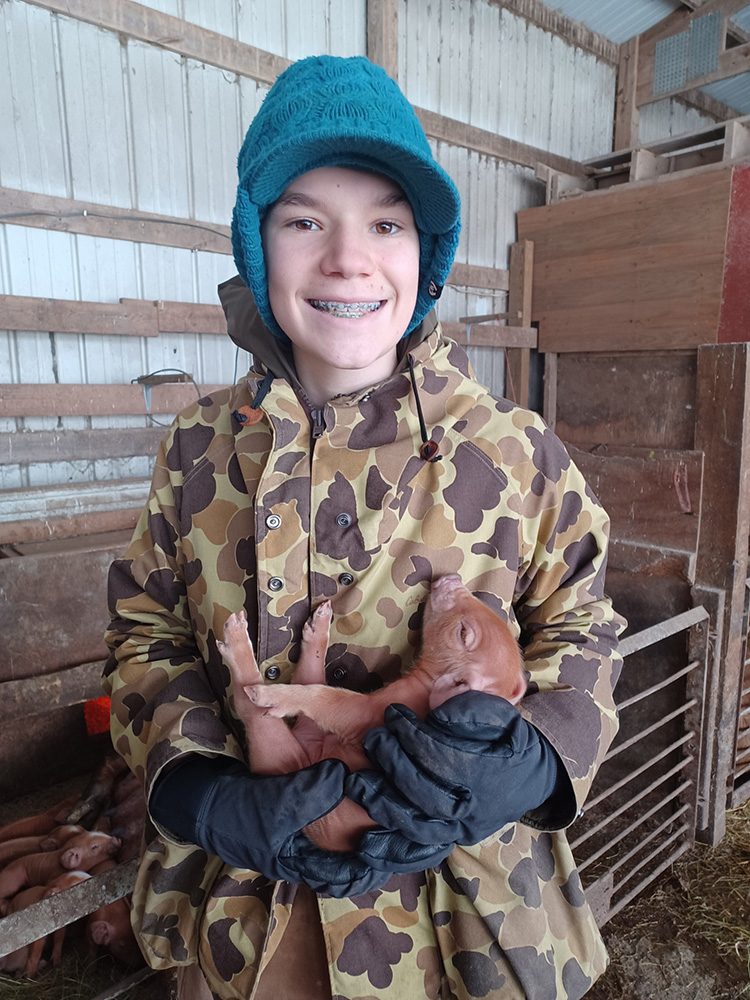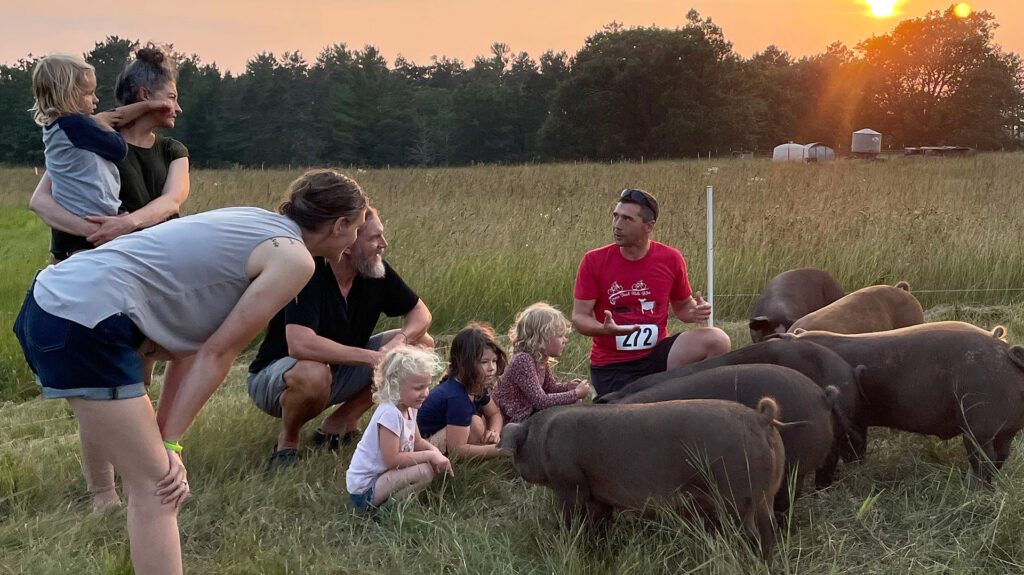HOOP SNAKE FARM: RESTORING HISTORY AND REGENERATING LAND
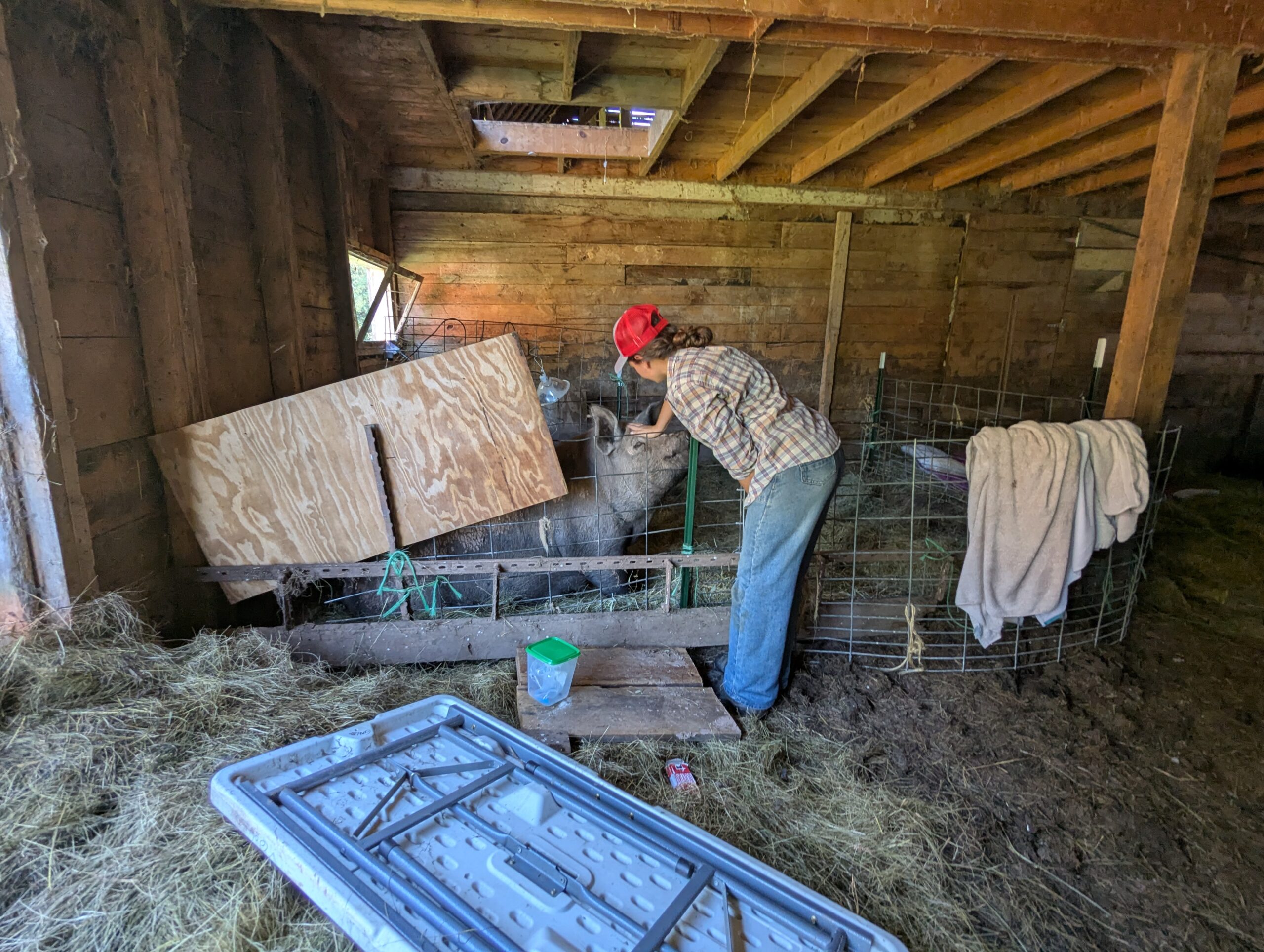
At Hoop Snake Farm in Douglas County, Wisconsin, history and innovation meet in a 125-year-old barn that’s getting a second life. Owned and operated by a passionate farmer with a background in agricultural anthropology, the farm is a living example of regenerative agriculture, community engagement, and historic preservation.
“This barn is 125 years old this year,” Madeline, owner of Hoop Snake Farm shared. “Many people have told me it’s the oldest barn in Douglas County.” With the help of the Grow Local Food Fund grant, repairs are underway—starting with a crumbling wall and foundation that will be shored up and framed out. The lumber for the restoration was custom-milled by an Amish sawmill, a nod to the farm’s commitment to traditional craftsmanship and sustainability.
But Hoop Snake Farm is more than just a barn. It’s home to many animals, including pigs, sheep, and chickens. The barn serves as a shelter for sows to farrow. On the day of Whole Foods Co-op’s visit, there was a mother who was nestled in, ready to give birth any minute. “I slept out here last night,” Madeline said, nodding towards a sleeping bag in the hay. “I want to be here when it happens.”
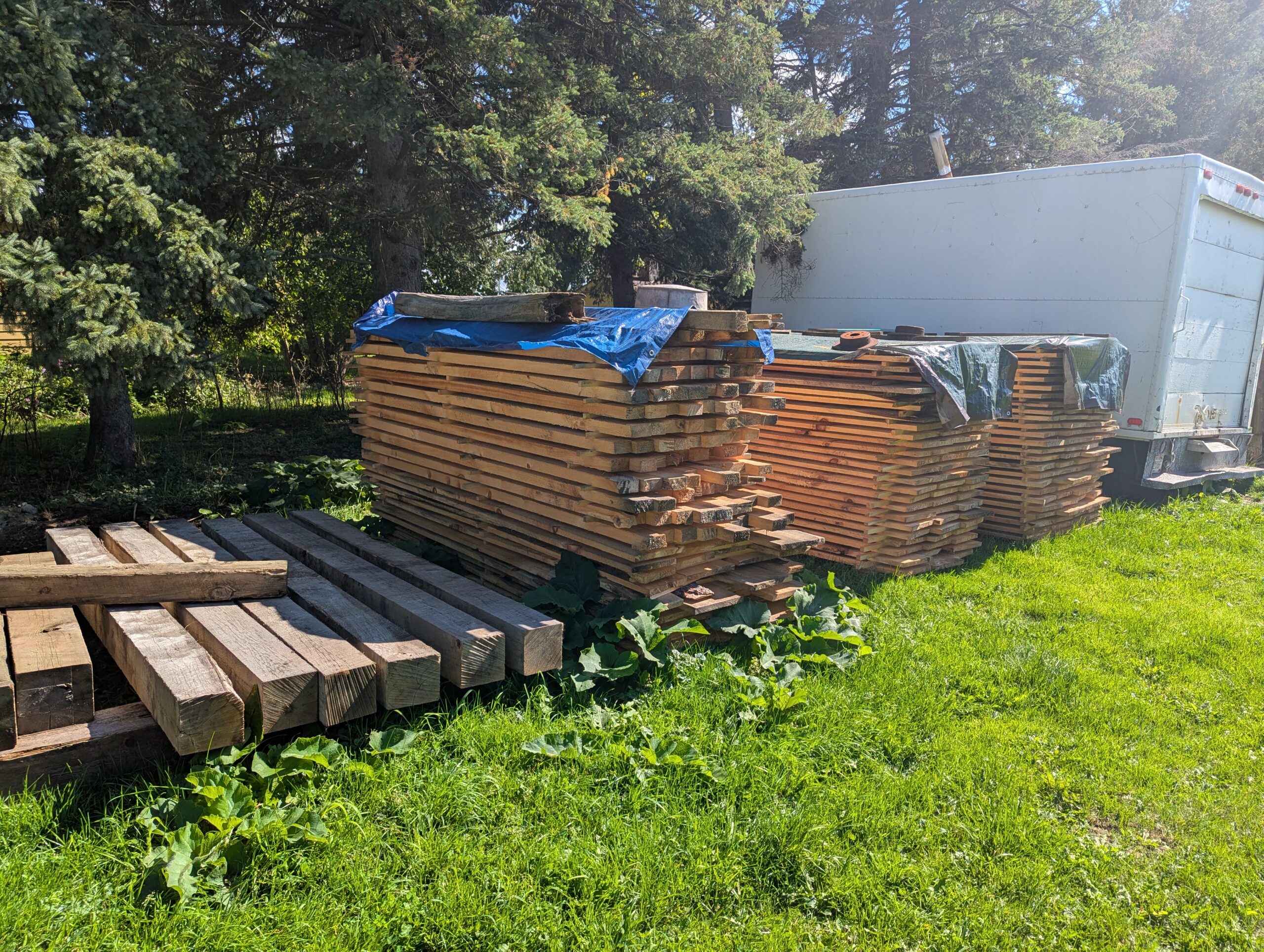
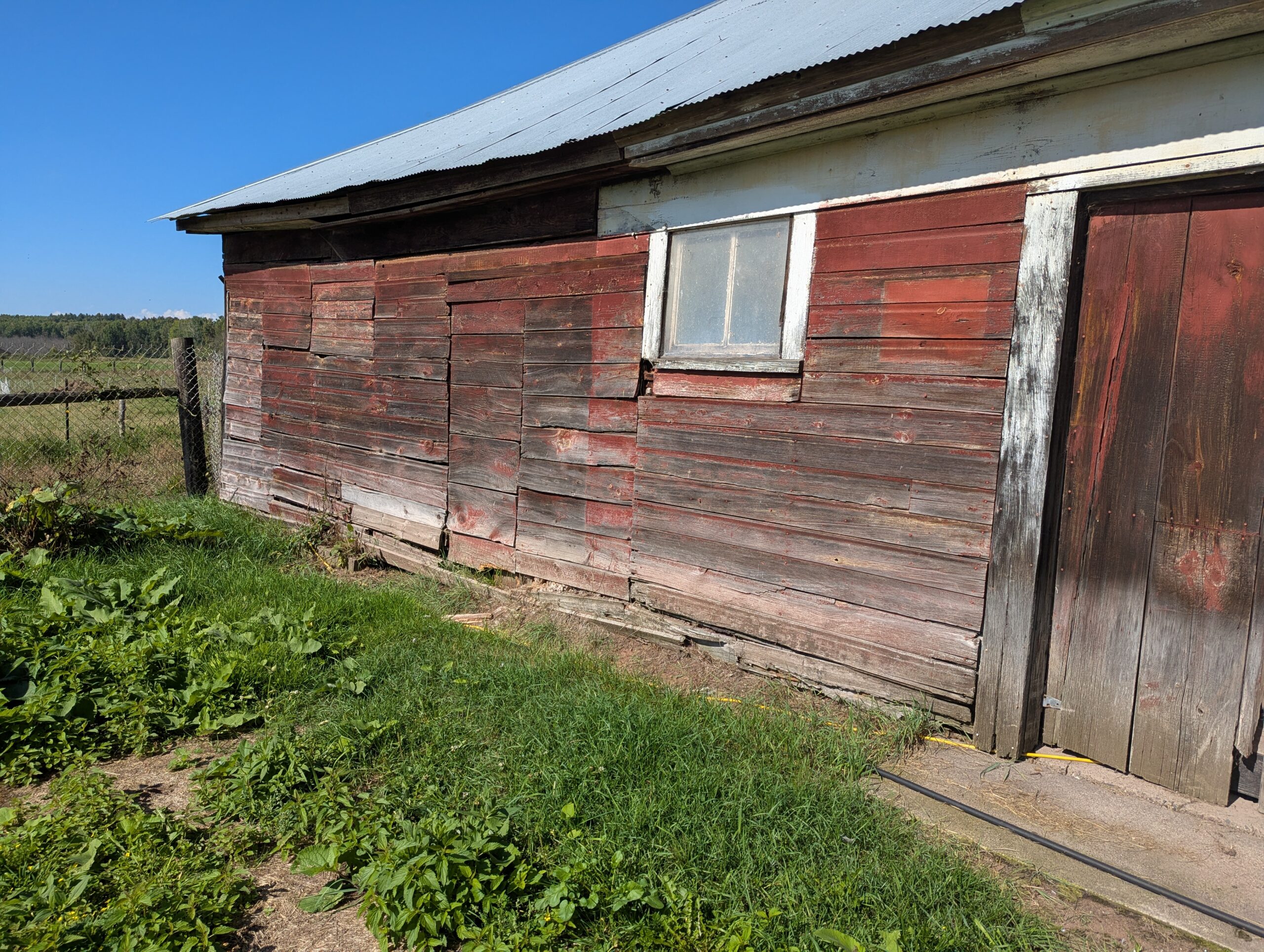
The barn also provides warmth and protection for other babies on the farm, as well as a winter haven for sheep, and a hub for hay storage. It’s also a venue for community events, including concerts and fundraisers that support the local food pantry.
Beyond fixing up the barn, the farm is looking at sustaining itself far into the future, in part by planting nut-producing trees like white oak and black walnut to create shade, habitat, and future food sources for livestock. “In 30 years, it would be wild to have black walnut-fed hogs,” Madeline said. “It would reduce reliance on imported grain and create a more self-sustaining system.” The trees were planted with support from a grant through the Cable Community Garden and Natural History Museum.
The farm’s approach to animal care is thoughtful and hands-on. Piglets are trained to respect electric fencing, which allows for rotational grazing and minimizes environmental impact. “When pigs first encounter electric wire, they run forward, so we train them in a controlled space first,” Madeline explained. Rotational grazing also supports soil health and allows cover crops to thrive behind the animals.
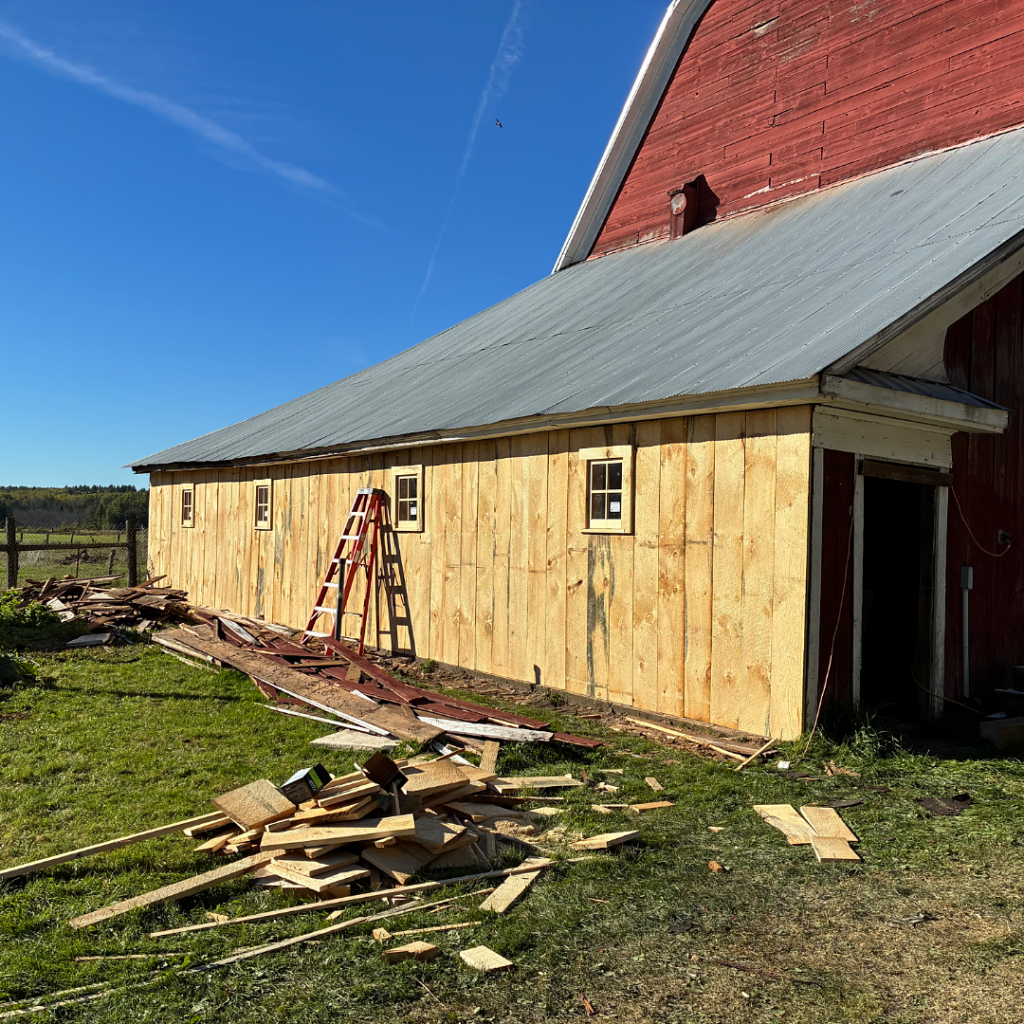
Despite only being on the property for a year and a half, Madeline has made large strides. The Grow Local Food Fund grant has helped kickstart essential repairs and laid the foundation for future educational programming in the barn. “The goal is to use this space for events and learning,” Madeline said. “And eventually, to kick the pigeons out of the loft and make room for hay.”
The meat produced at Hoop Snake Farm is available at the farm stand at 5829s County Rd H, Brule, WI; through their website hoopsnakefarm.com, their Facebook or Instagram pages @hoopsnakefarm, through the Maple, WI Reko Ring Facebook page, and at Darlings Grocery on Madeline Island or Juneberry Corner Store in Bayfield.
With deep respect for the land’s history and a clear vision for its future, Hoop Snake Farm is cultivating more than crops—it’s growing community, resilience, and a legacy of stewardship.
When you round up for GIVE!, a portion of your donation goes to support the Grow Local Food Fund, and our regional farms and food producers, like Hoop Snake Farm. Thank you for rounding up!
Connect with Hoop Snake Farm on Instagram and Facebook: @hoopsnakefarm
